- Spacious interior despite its small exterior
- Excellent ride and handling balance
- New MY24 features like Bluelink are useful
- Ageing drivetrain is both thirsty and sluggish
- Should have more equipment like LED headlights
- It costs more than it used to
It’s no secret that SUVs are going bananas globally, especially smaller ones that are seemingly replacing hatchback options left, right and centre. Because of this, many brands offer even tiny SUVs as their entry-level models and Hyundai was one of the first with its Venue, which indirectly replaced the popular Accent before it. Hyundai Australia recently revised the Venue by giving it more equipment and – seemingly inevitably in today’s market – raised prices. The 2024 Hyundai Venue Elite is the top spec model of this light SUV locally, so is it the best choice in the market?
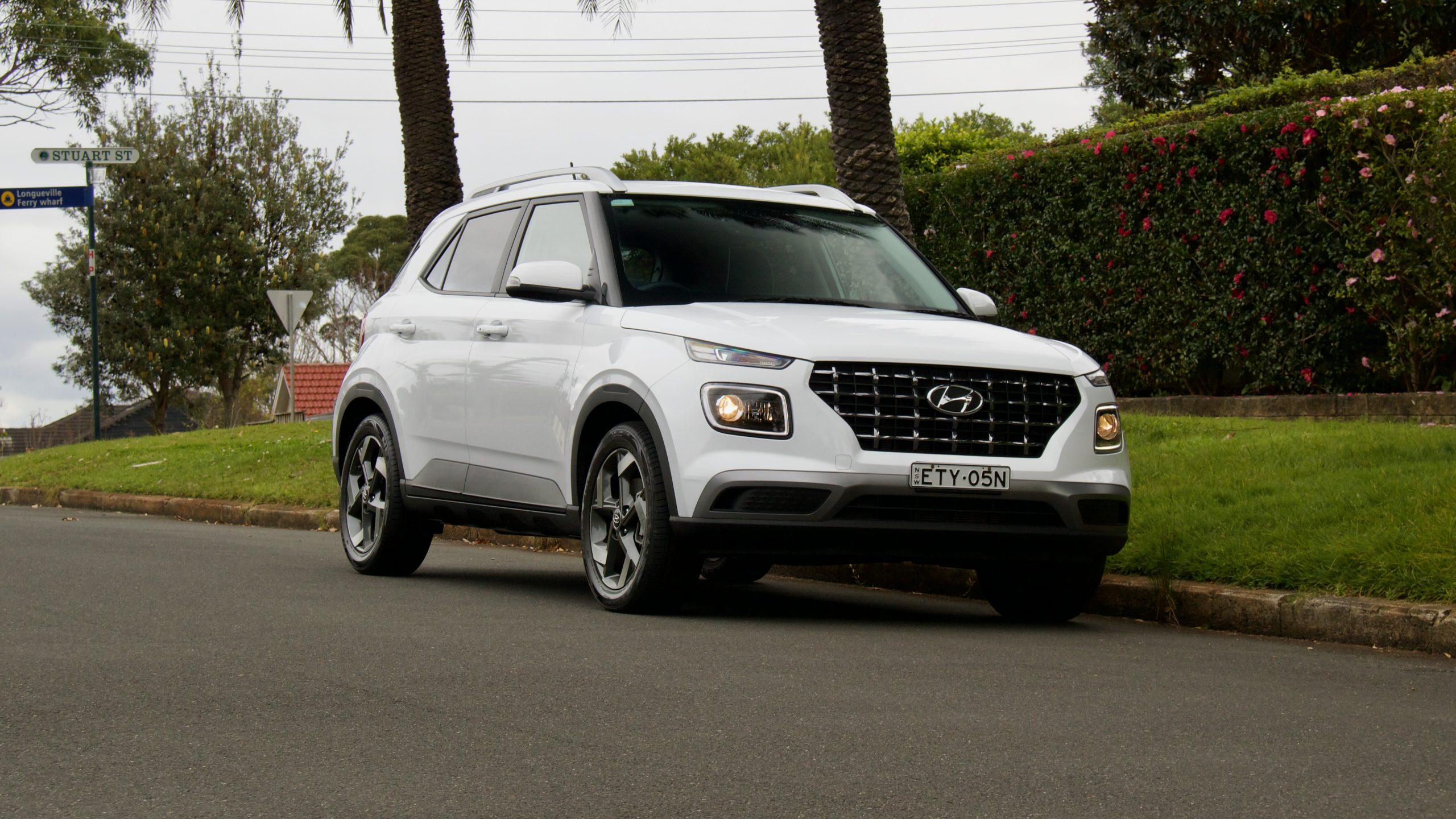
As we know, there are a plethora of other light SUVs on the market currently such as the Kia Stonic, Mazda CX-3, Ford Puma, Renault Captur, Nissan Juke, Toyota Yaris Cross and Volkswagen T-Cross. With so many to choose from, how is anyone to decide which one to buy? Let’s see how the Venue stacks up.
How much does the 2024 Hyundai Venue Elite cost to buy?
The entry point into the 2024 Hyundai Venue range is known as simply ‘Venue’ and is priced at $22,000 plus on-road costs ($24,000 +ORC for the automatic). The model we’re testing here is the top-spec Venue Elite, which is priced from $28,750 plus on-road costs (roughly $31,000 drive away, spending on location).
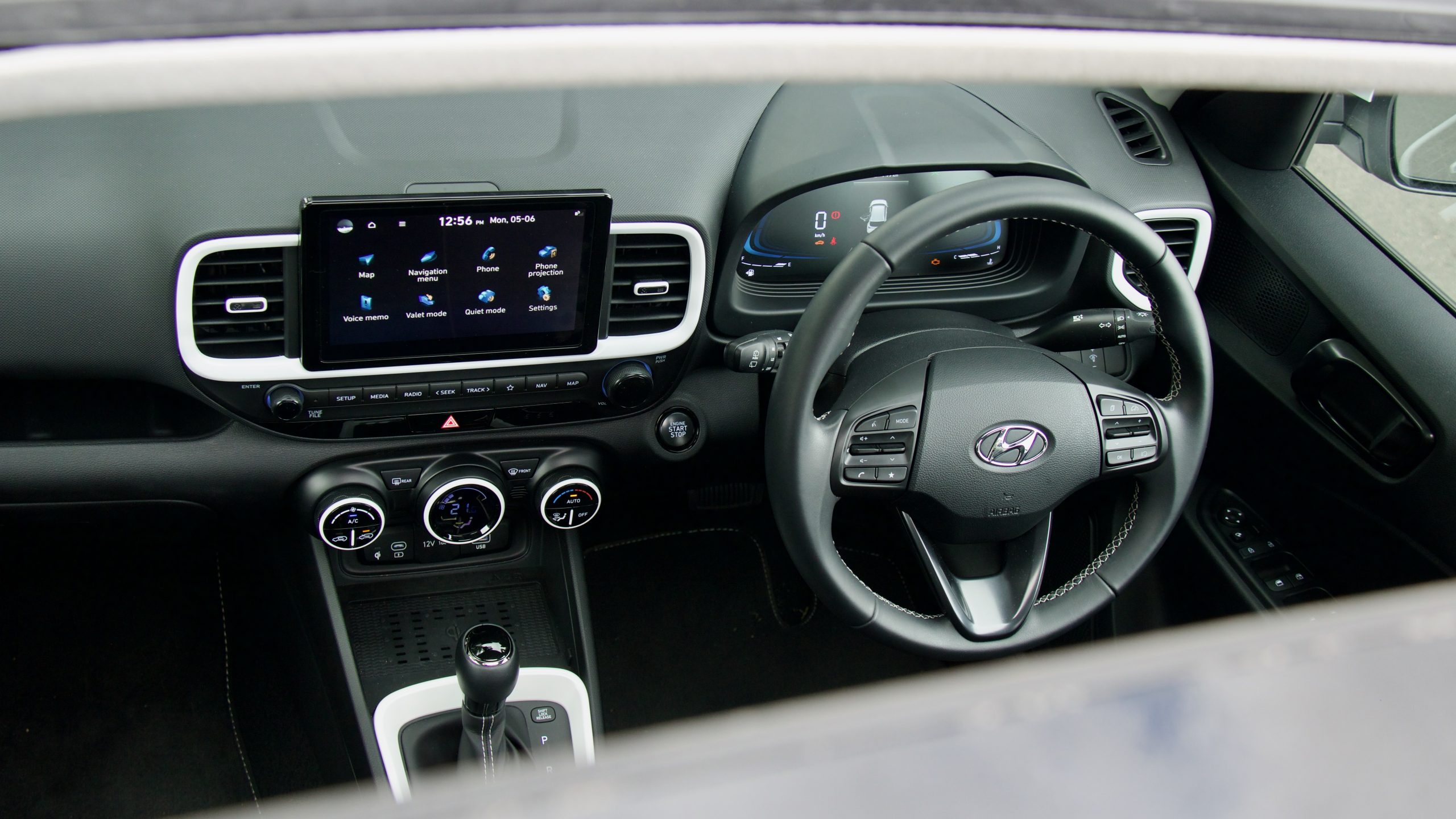
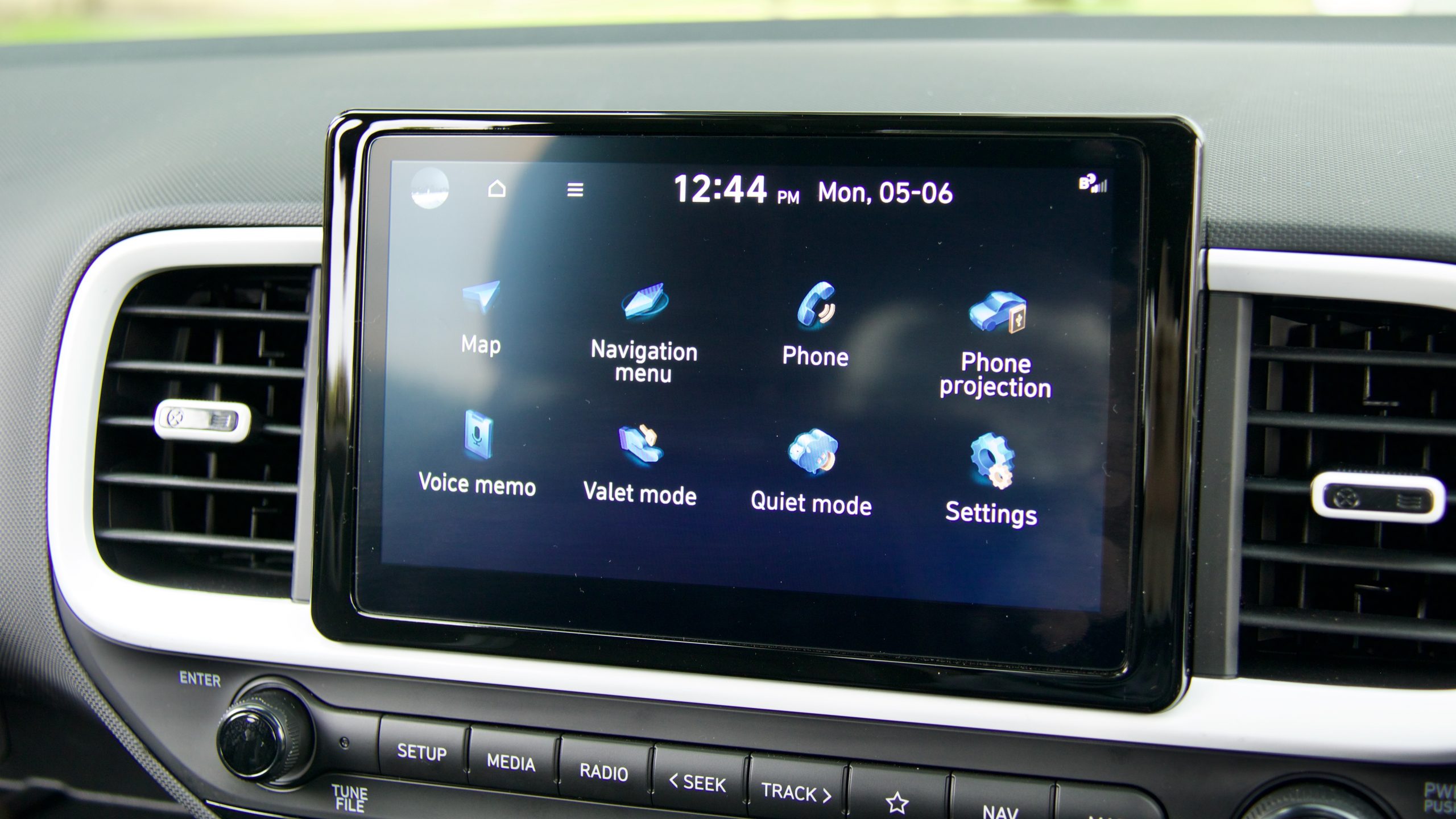
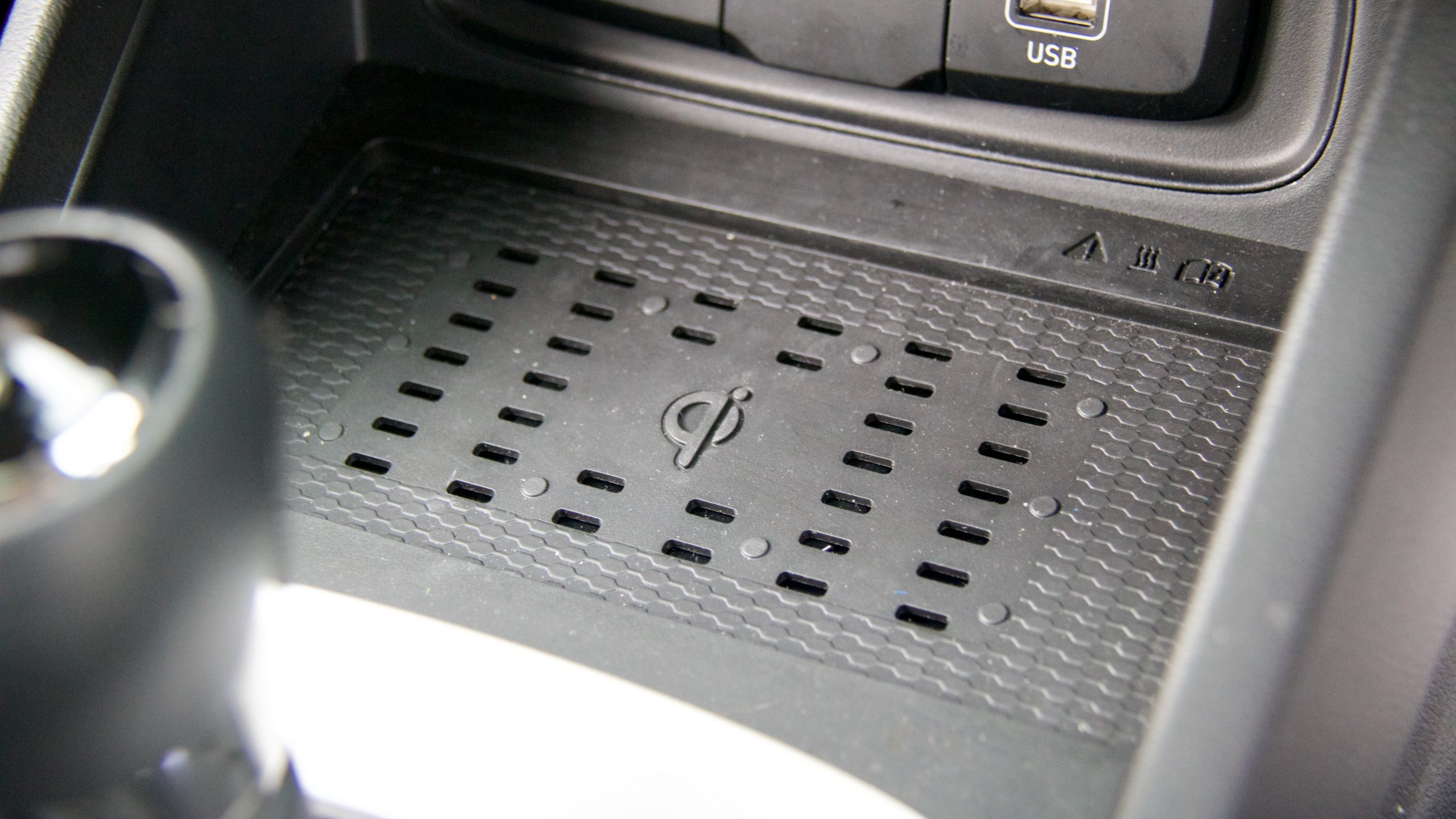
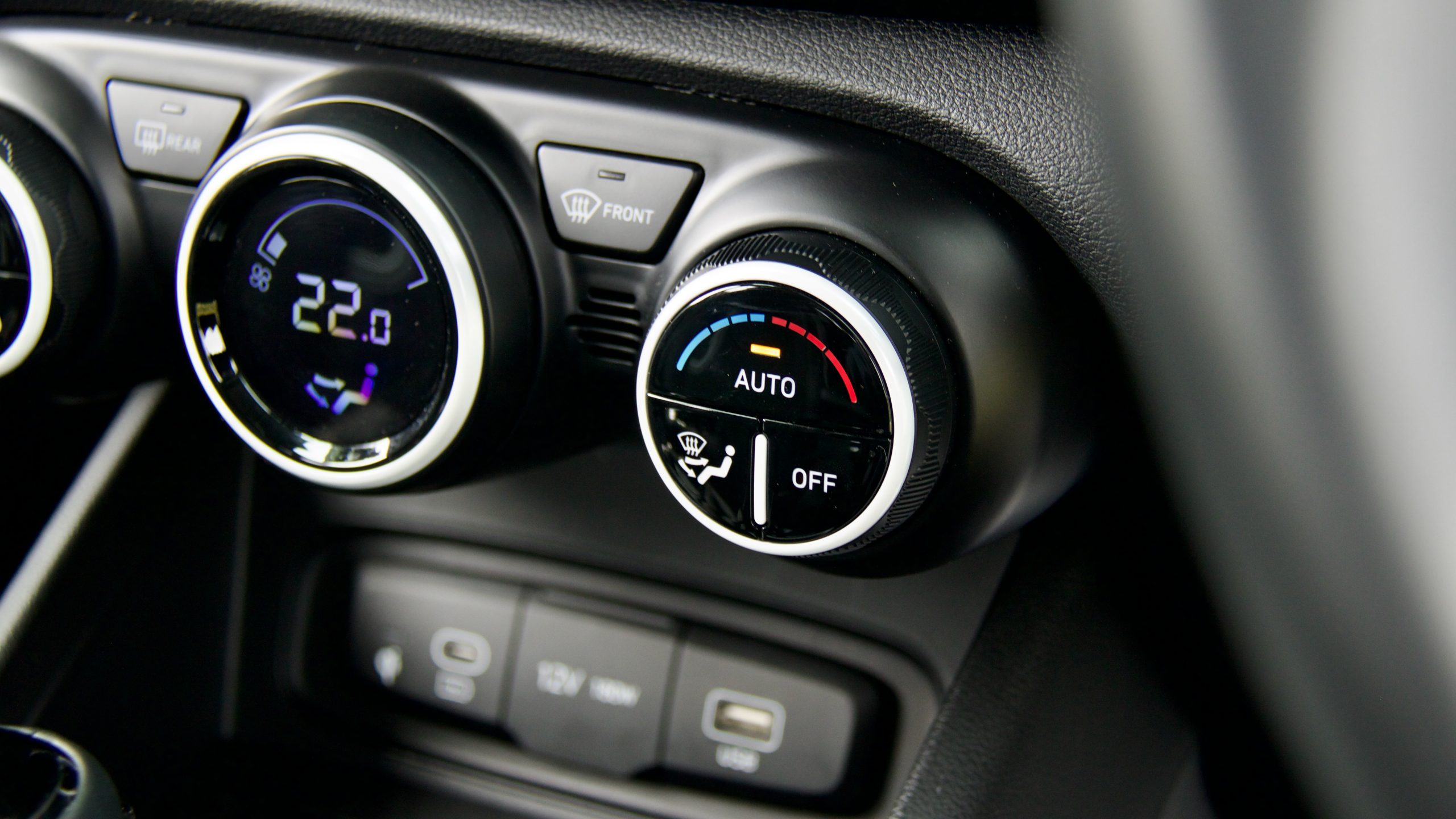
Venue Elite standard equipment:
- 17-inch alloy wheels and a space-saver spare wheel
- Automatic dusk-sensing halogen projector headlights with LED daytime running lights
- LED tailights
- Rear privacy glass
- Intermittent wipers
- Roof rails
- Keyless entry with push button start
- Height adjustable driver’s seat
- Faux leather and cloth seat upholstery
- Automatic single-zone climate control
- Power windows with auto up/down for the driver’s window
- Heated power mirrors with electric-folding functionality
- 8.0-inch touchscreen with ‘Bluelink’ live services, including automatic post-accident SOS calling
- Wired Apple CarPlay and Android Auto
- Satellite navigation with live traffic
- AM/FM/DAB+ digital radio
- Bluetooth phone and audio streaming
- Wireless phone charger
- Bluelink smartphone app for remote vehicle location, engine starting and climate control
- Leather steering wheel and gear knob
- Six-speaker sound system
- Cruise control with a speed limiter
- Sunroof
- 4x USB ports (1x USB-A and 1x USB-C in the front, 2x USB-C in the rear)
- 12V socket
- Trip computer
- Sunglasses holder
- Eco, normal and sport driving modes
The 2024 Hyundai Venue range earned a four-star ANCAP safety rating in 2019 with scores of 91 per cent for adult protection, 81 per cent for child protection, 62 per cent for pedestrian protection and 62 per cent for safety assist. The Venue Elite’s safety kit includes:
- Six airbags (dual front, side and curtain)
- Auto emergency braking (AEB) with pedestrian detection
- Lane departure warning with lane keep assist
- Lane trace assist
- Blind-spot monitoring with rear cross traffic alert
- Rear parking sensors
- Reversing camera
- Auto high beam
- Rear occupant alert
- Tyre pressure monitoring system
- Hill holder
- Driver attention detection
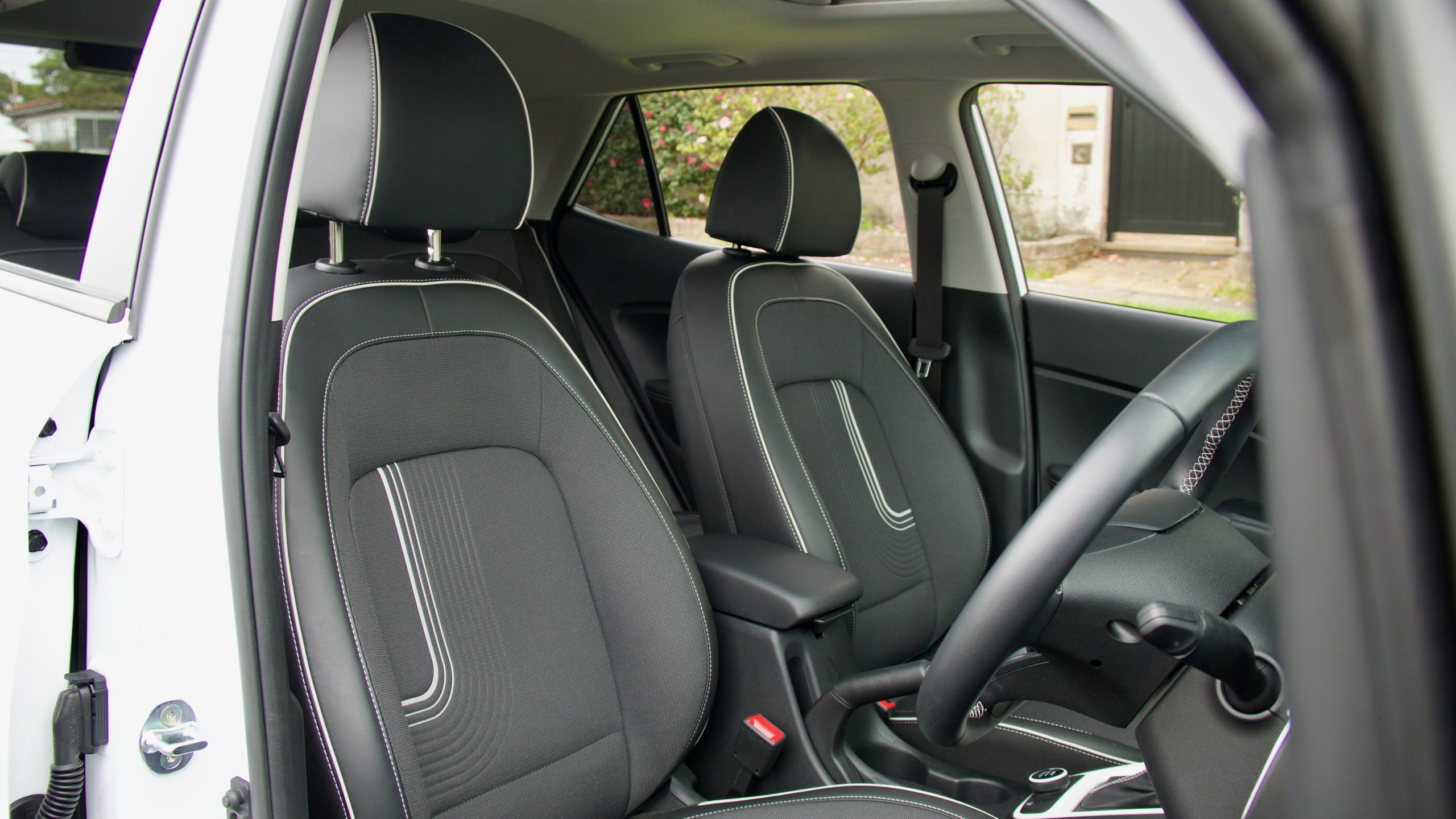
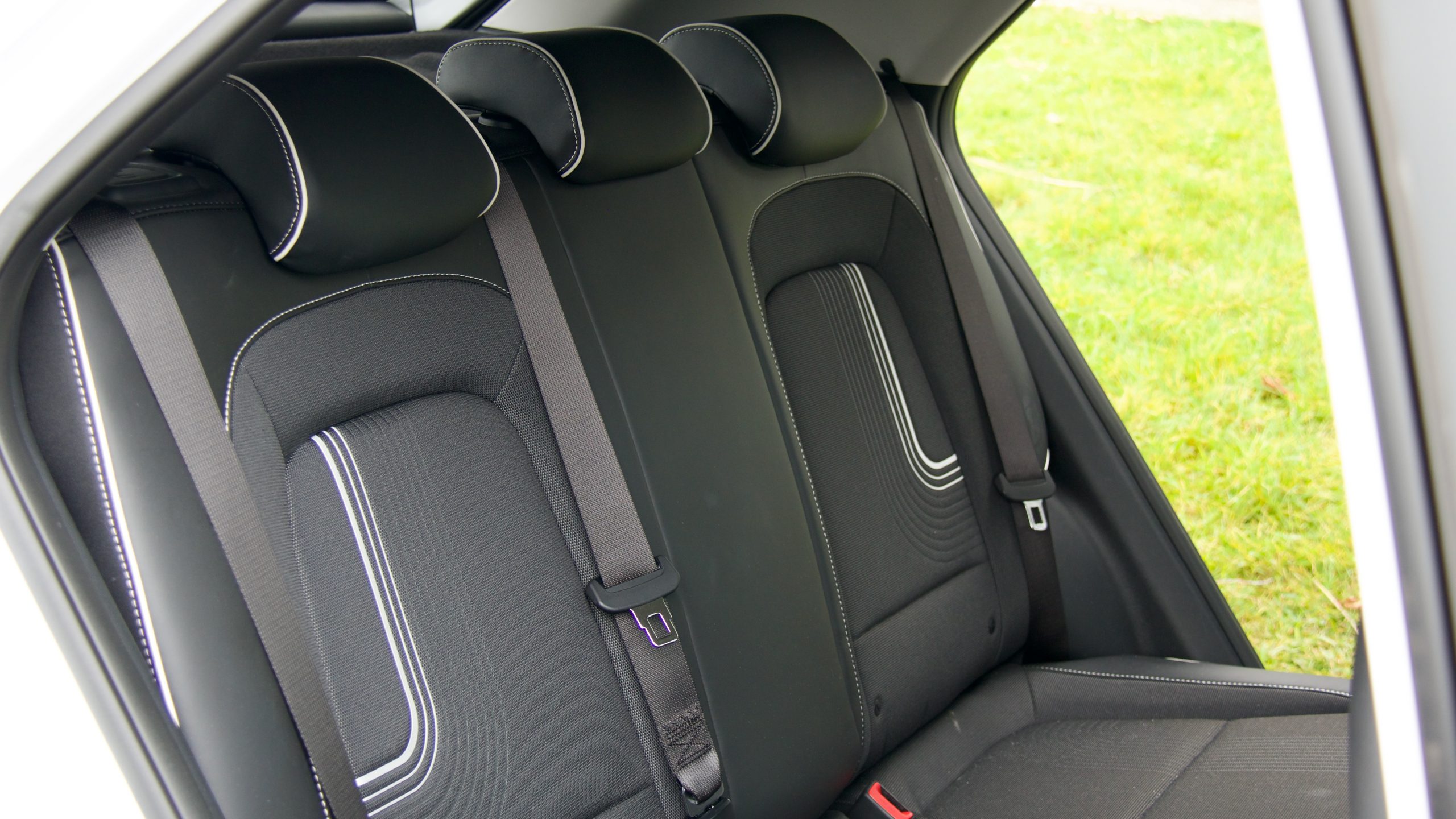
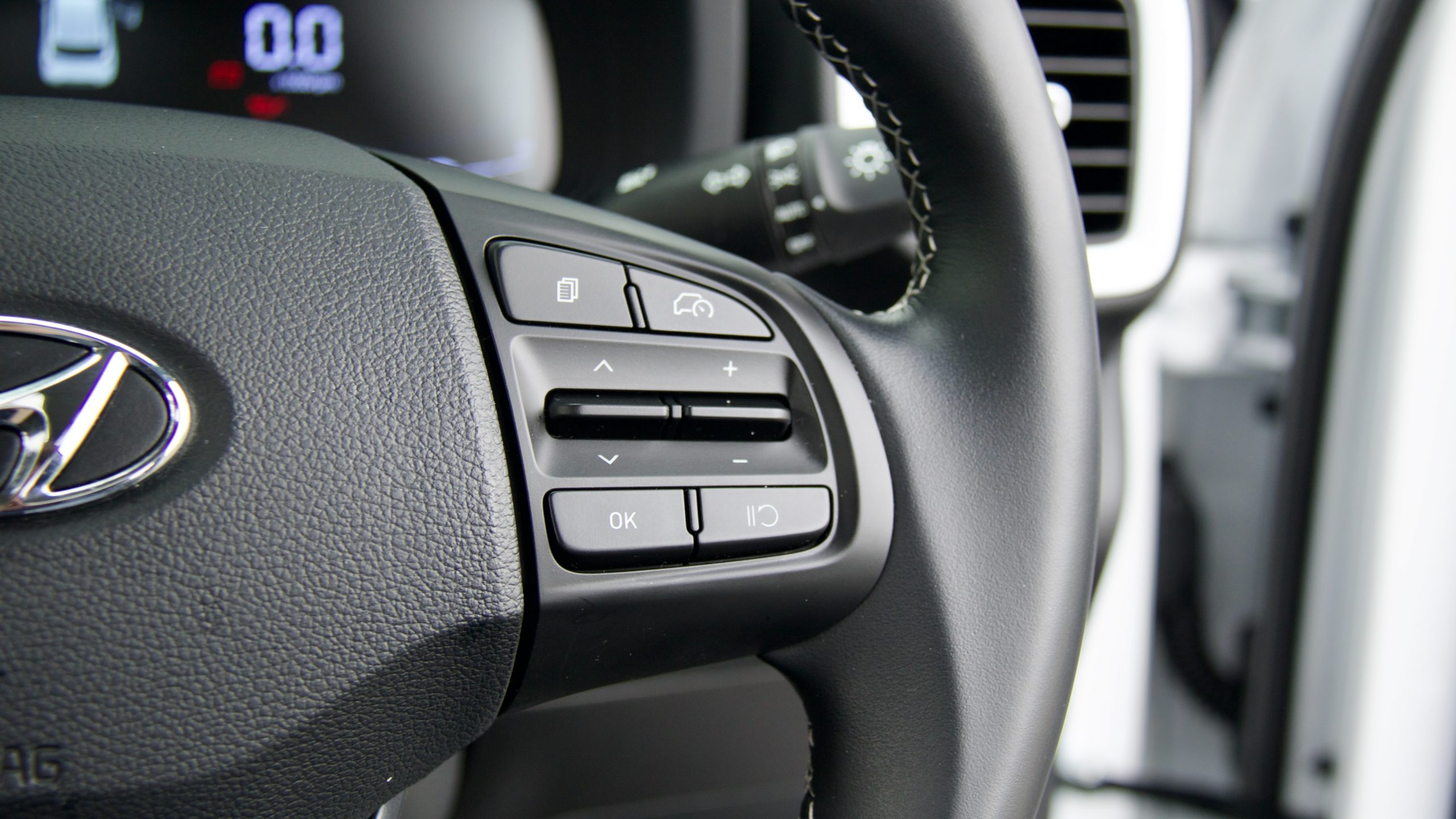
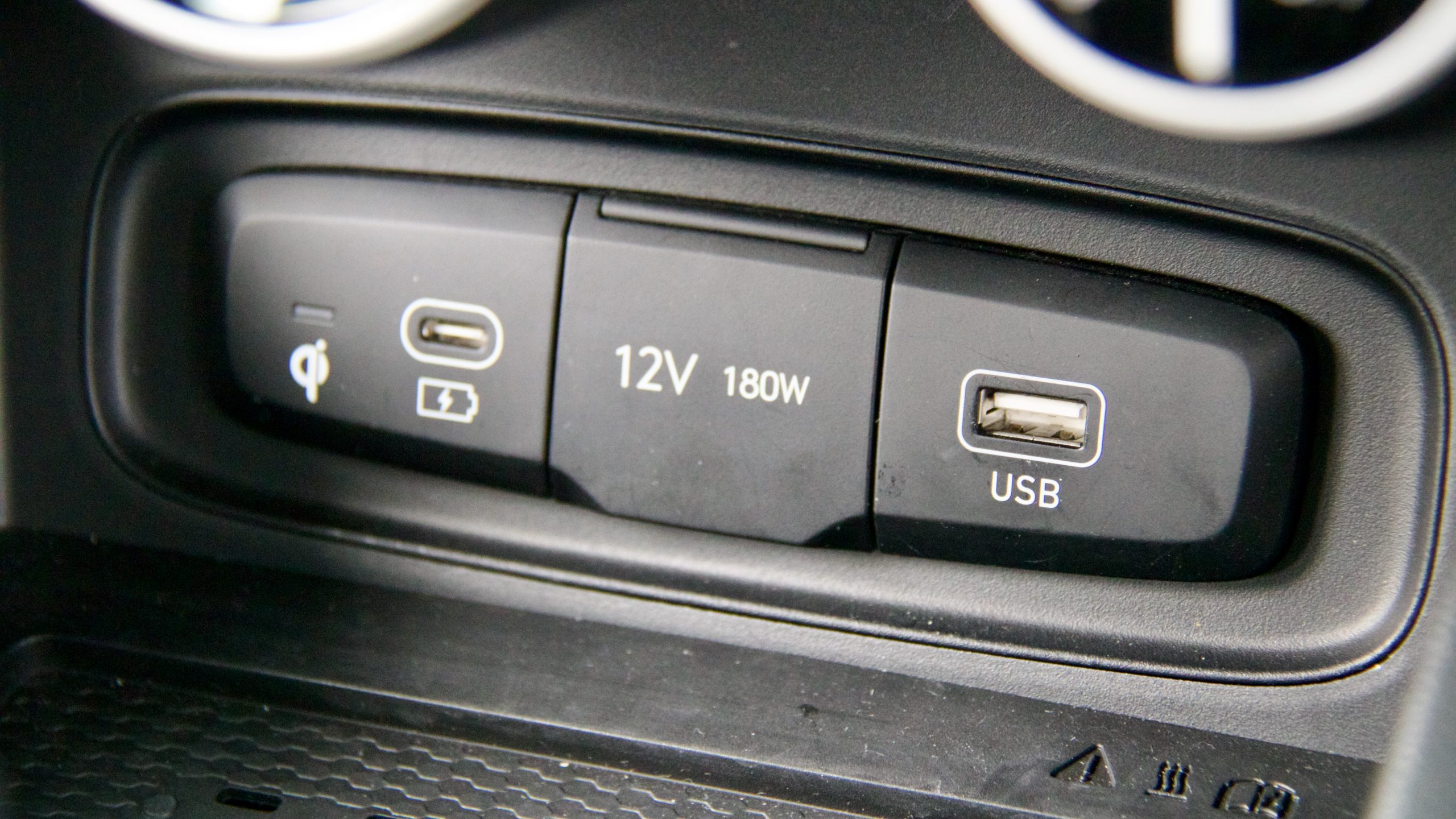
Venue Elite colour options:
- Atlas White (fitted to our test car)
- Ultimate Red: $595
- Abyss Black: $595
- Ecotronic Grey: $595
- Intense Blue: $595
- Shimmering Silver: $595
- The Denim (navy blue): $595
A black contrasting roof is available for each non-black colour option for no extra cost, but it removes the sunroof. Black faux leather and cloth trim features with each colour, but The Denim and Shimmering Silver offer a blue faux leather and black trim option for no extra cost.
While the 2024 Hyundai Elite is one of the cheaper top spec small SUVs on the market we do think the spec could be improved. We would love to see auto-folding mirrors, LED headlights, auto wipers and an auto up/down passenger window added to the spec sheet of the Venue Elite to help its value equation.
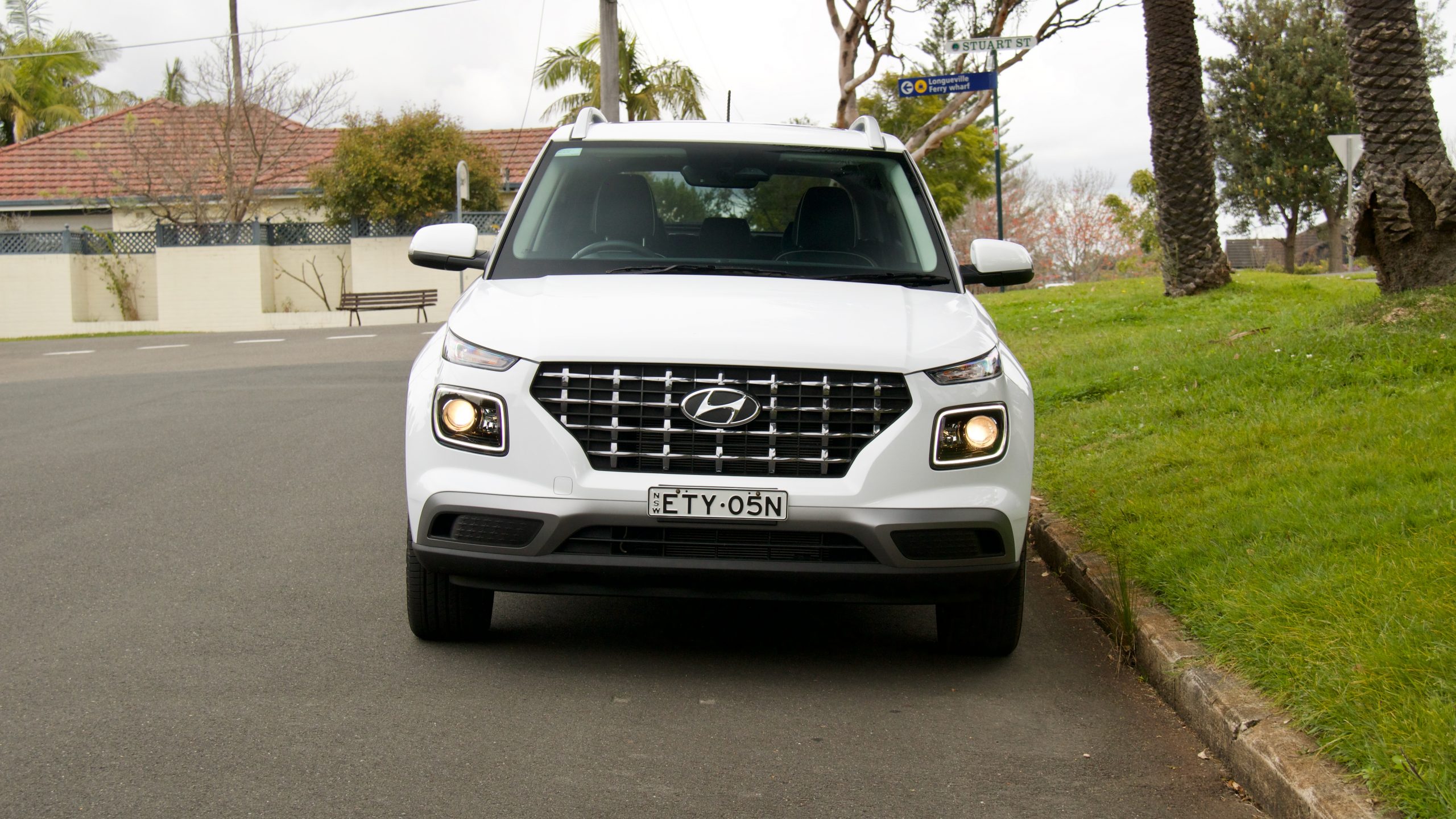
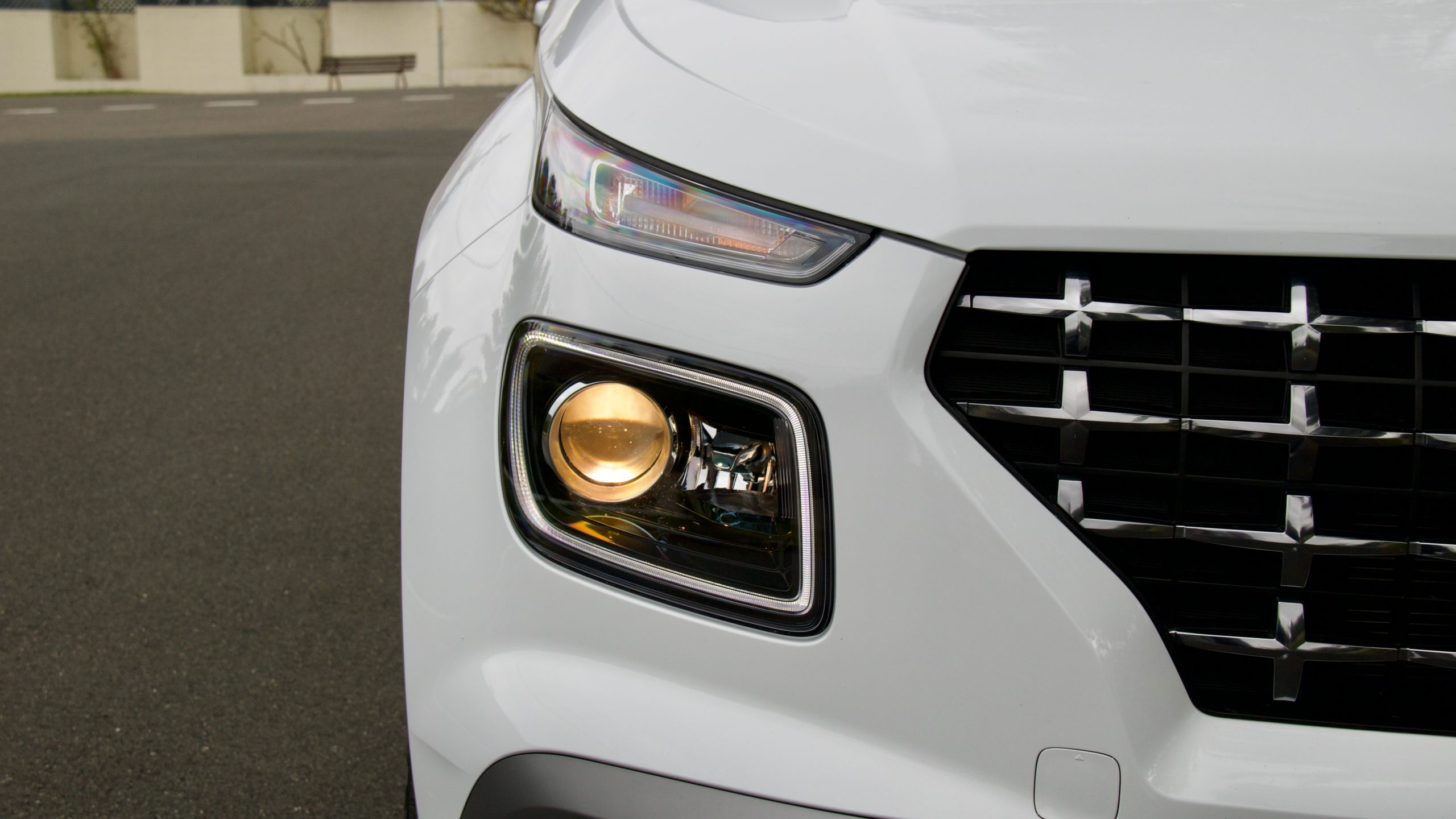
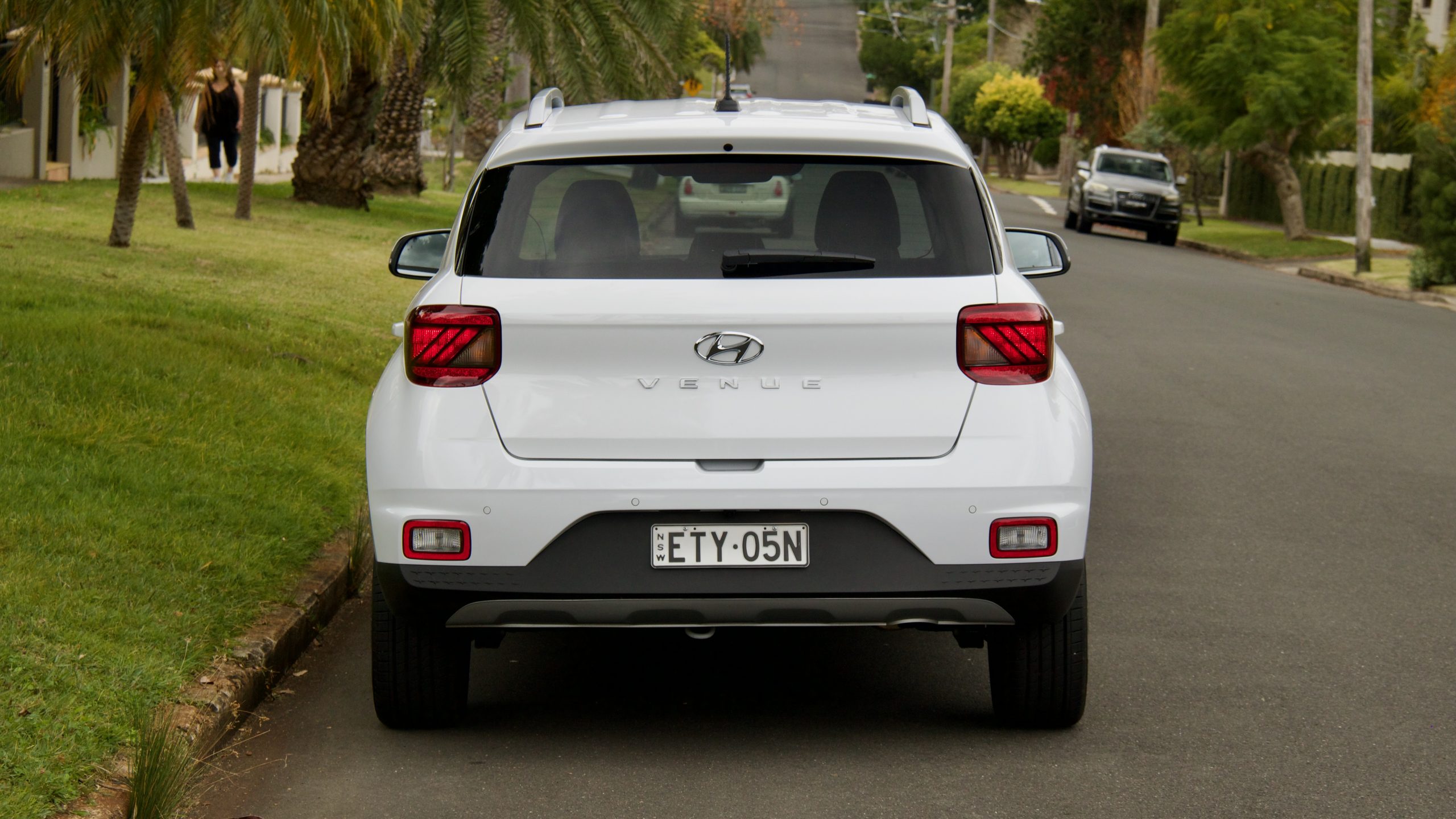
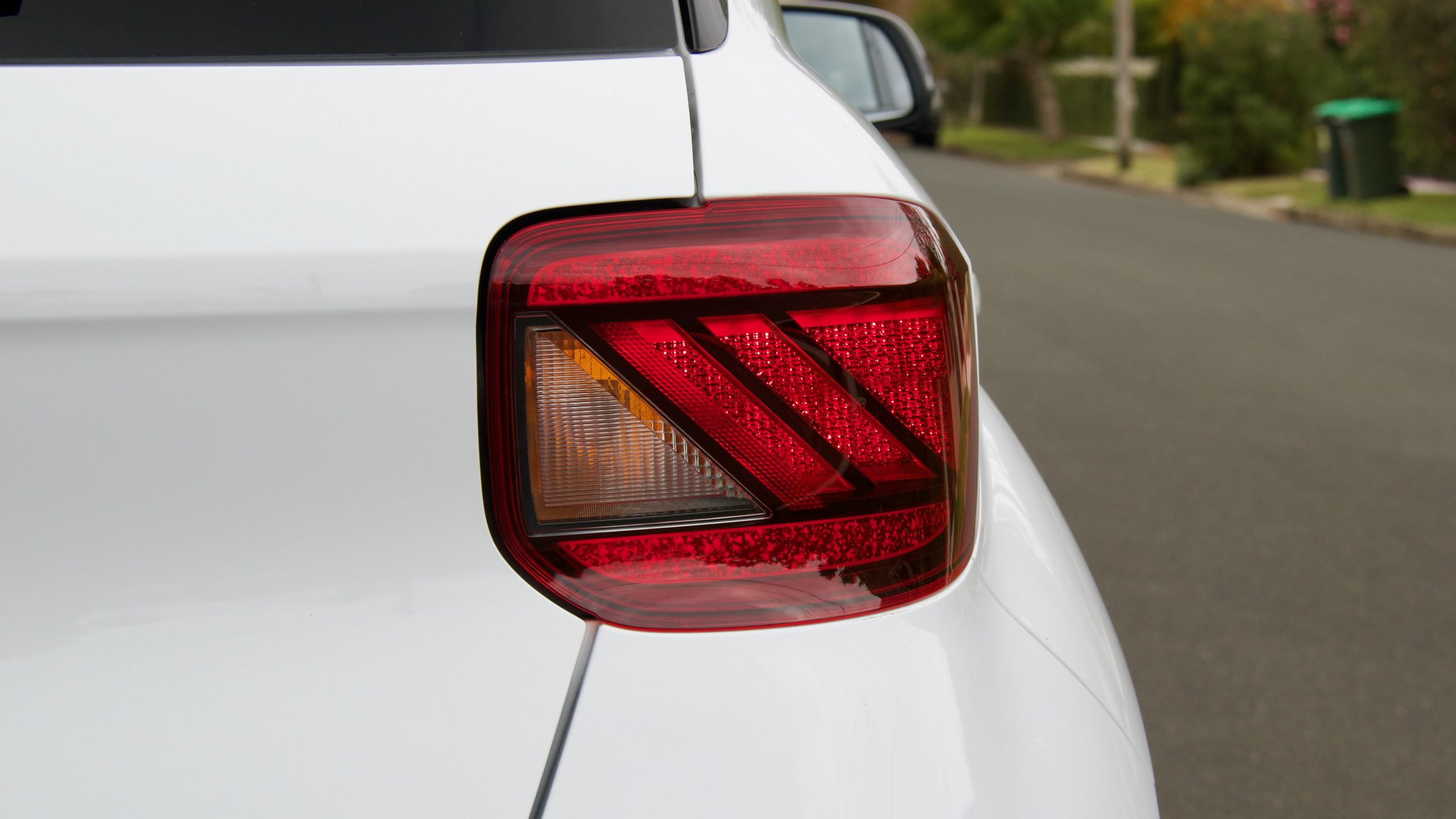
In our opinion, the main rivals for the 2024 Hyundai Venue Elite are the $29,300 plus on-road costs Mazda CX-3 G20 Pure and the $30,790 +ORC Kia Stonic GT-Line. Both cars are more expensive than the Hyundai, but their value equations differ. The CX-3 doesn’t add too much equipment to the Venue, just an automatic passenger front window, LED headlights, a rear centre arm rest and automatic wipers – but the Venue adds faux leather trim pieces, cornering lights, lane trace assistance, more charging options and live services for the infotainment system. Against the Venue, the Stonic gains LED headlights and automatic wipers, whilst featuring the same sort of live services and trim options.
What’s under the bonnet of a 2024 Hyundai Venue Elite?
Powering the entire 2024 Hyundai Venue line up is a naturally aspirated 1.6-litre petrol four-cylinder unit which sends power through the front wheels only. This engine produces 90kW of power (at 6,300rpm) and 151Nm of torque (at 4,850rpm) – that’s against 110kW/195Nm for the 2.0-litre CX-3 and 74kW and 172Nm for the Stonic GT-Line. The only transmission offered for the Venue Elite is a six-speed torque converter automatic – the six-speed manual offered on the entry-level Venue is unfortunately not available on the Elite – that a CX-3 also features, but the Stonic’s uses a seven-speed dual-clutch unit.
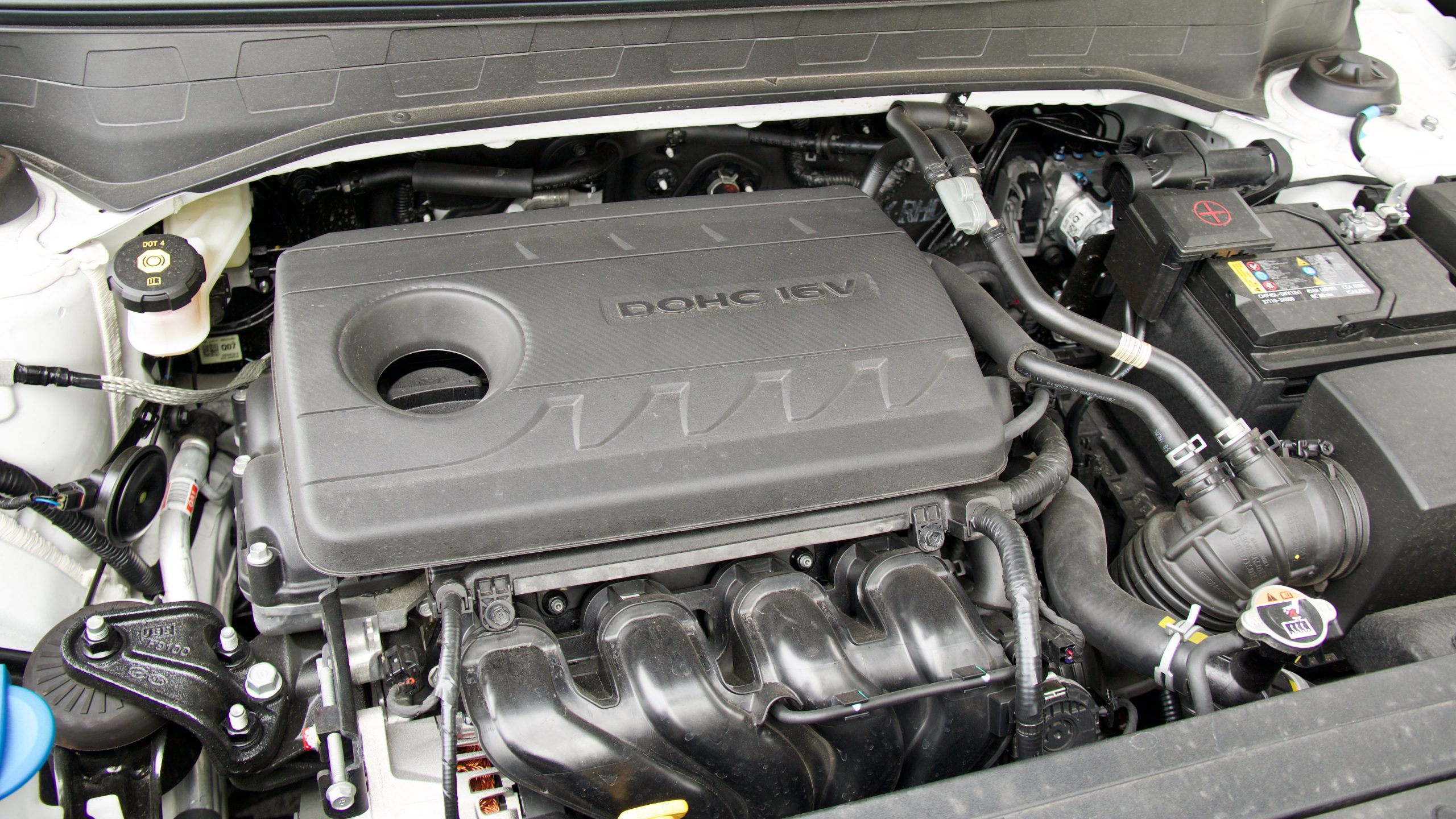
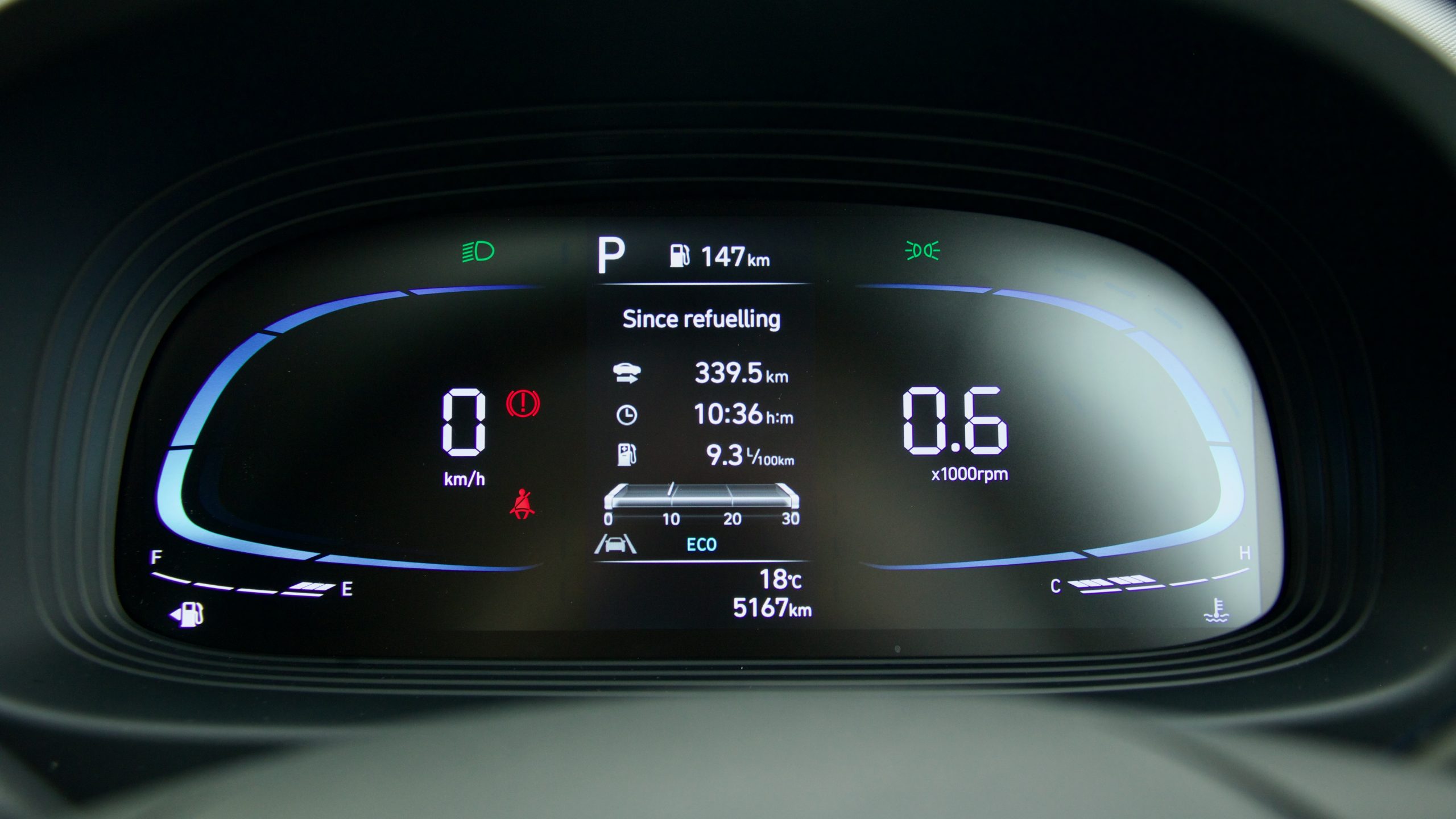
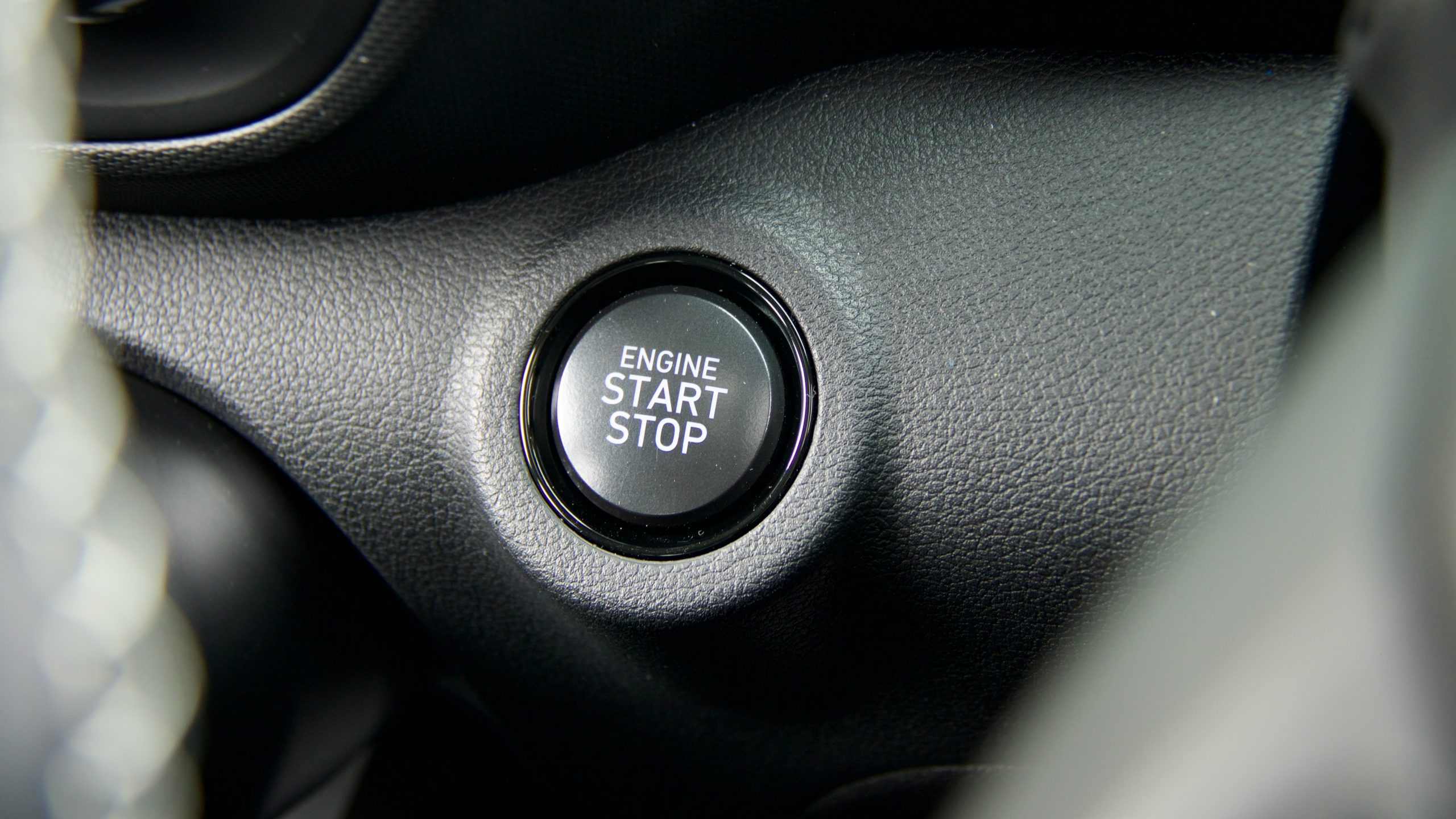
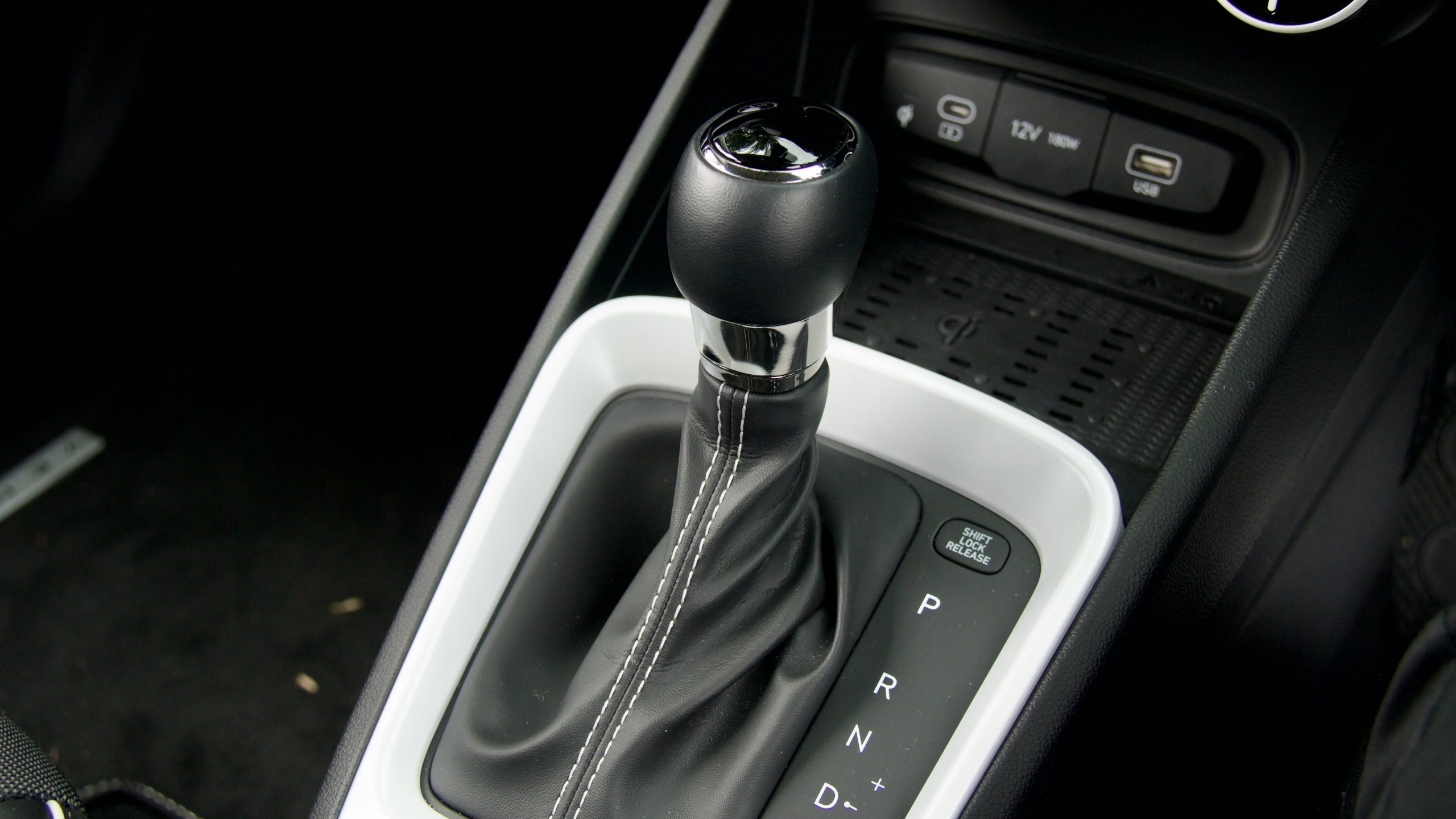
If you could tell by the figures, the Venue Elite is no powerhouse. However, it gets up to speed reasonably well and while there could be more mid-range oomph, we think the engine is adequate for the target market. The biggest issue with the Venue’s engine for us is just how loud it is, and how unpleasant it sounds at higher revs – which you need to get there because its peak outputs are high in the rev range. We wish that the Australian-spec Venue was offered with the 1.0-litre turbocharged three-cylinder petrol engine that the Stonic offers and that the Venue offers in countries like India as it would make it punchier, more refined and more fuel efficient.
Much like the engine, the six-speed torque converter automatic gearbox in the 2024 Hyundai Venue Elite does its job fine. The shifts are smooth and there is no hesitation when shifting between the gears. There is a manual mode via the gear selector, which can make driving a little more fun but we think the transmission is best left to its own devices.
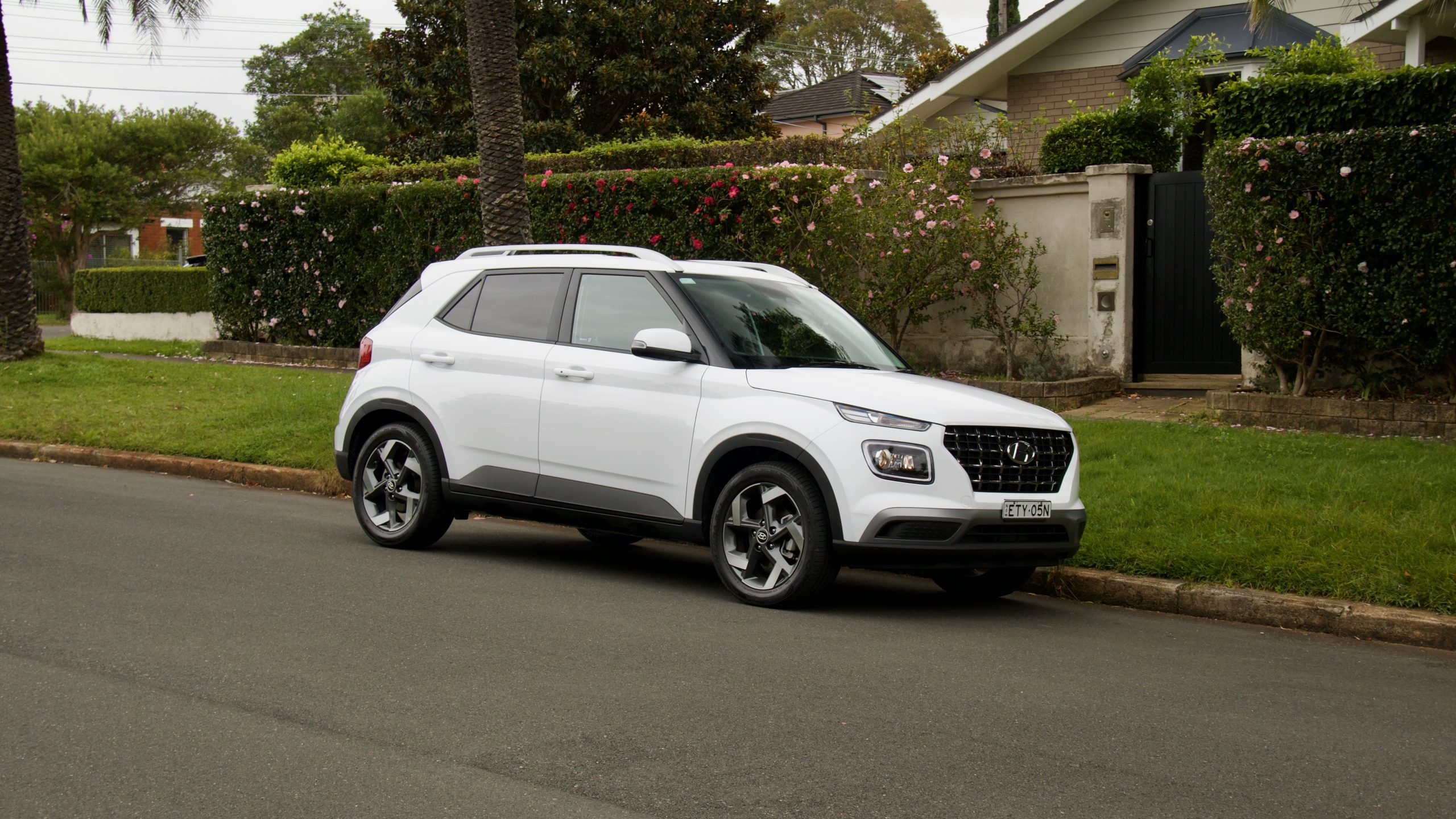
The claimed average fuel consumption figure for the 2024 Hyundai Venue Elite is a high 7.2L/100km with CO2 emissions rated at an also-high 165g/km – in comparison, the CX-3 is rated at 6.3L/100km and 143g/km and the Stonic just 5.4L/100km and 125g/km. In our testing of the Venue, it averaged around the 9.0L/100km mark in combined driving, which is poor considering how small the Venue is. Helping running costs is that it can run on 91RON fuel, and it features a 45-litre fuel tank.
How does the 2024 Hyundai Venue Elite drive?
Like other Australian-spec Hyundai products, the ride and handling of the 2024 Hyundai Venue Elite is Australian-tuned to deal with our subpar road network. As a result, the Venue handles potholes and speed humps exceptionally well, especially for something with such a short wheelbase. For a small SUV, the ride feels remarkably composed and well sorted. The Mazda CX-3, by comparison, is on the firmer side of things even though it has smaller wheels.
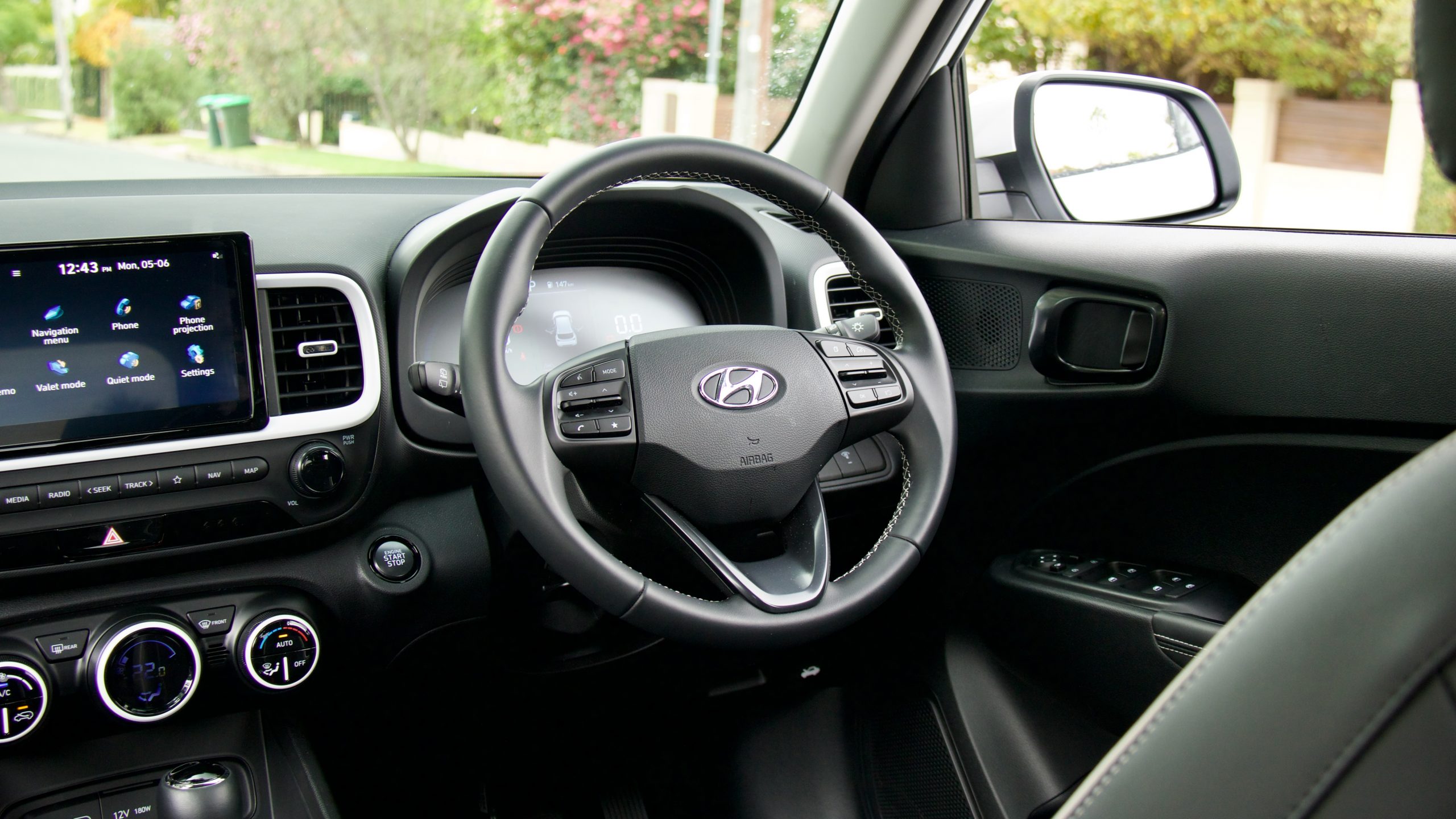
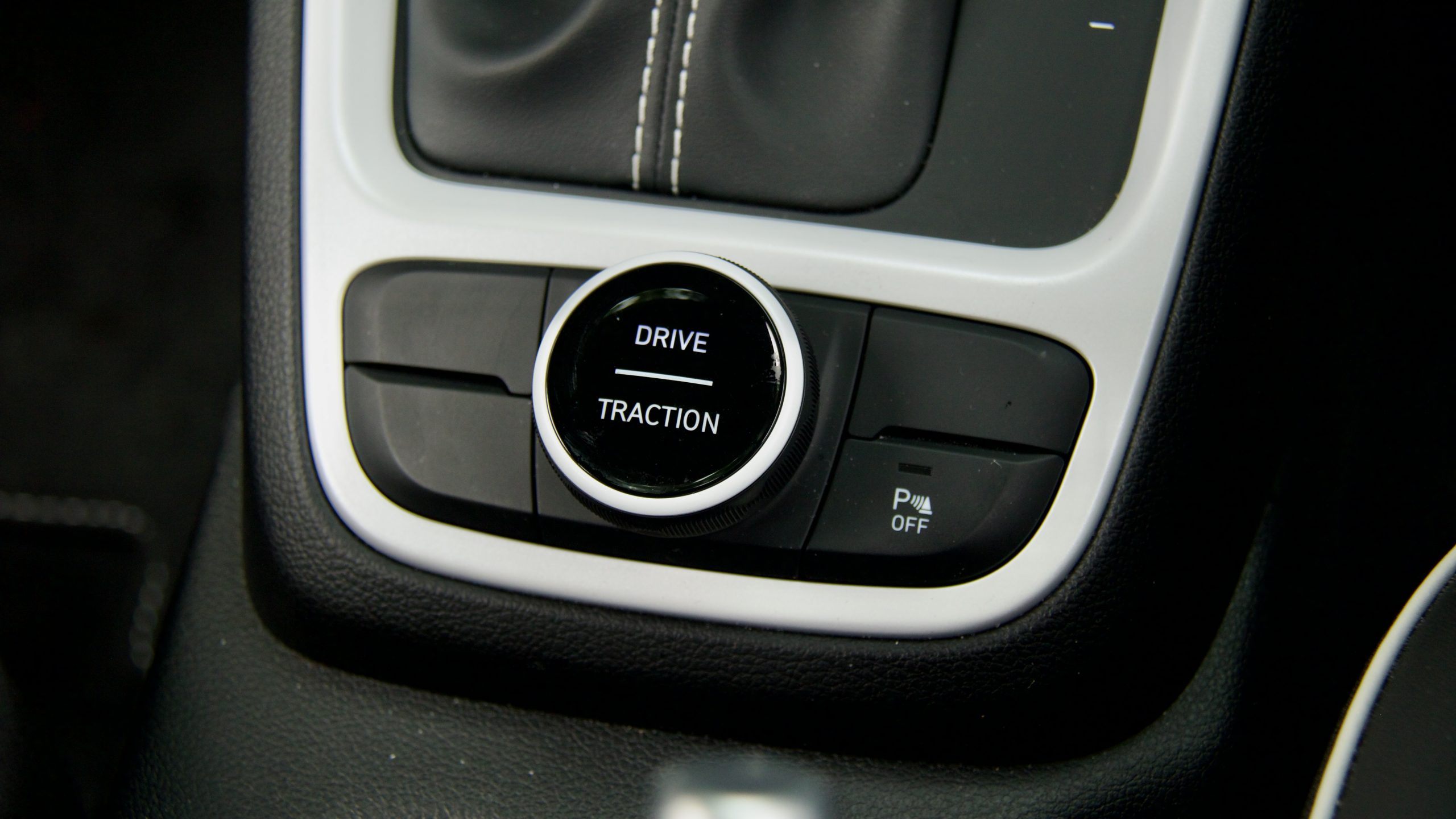
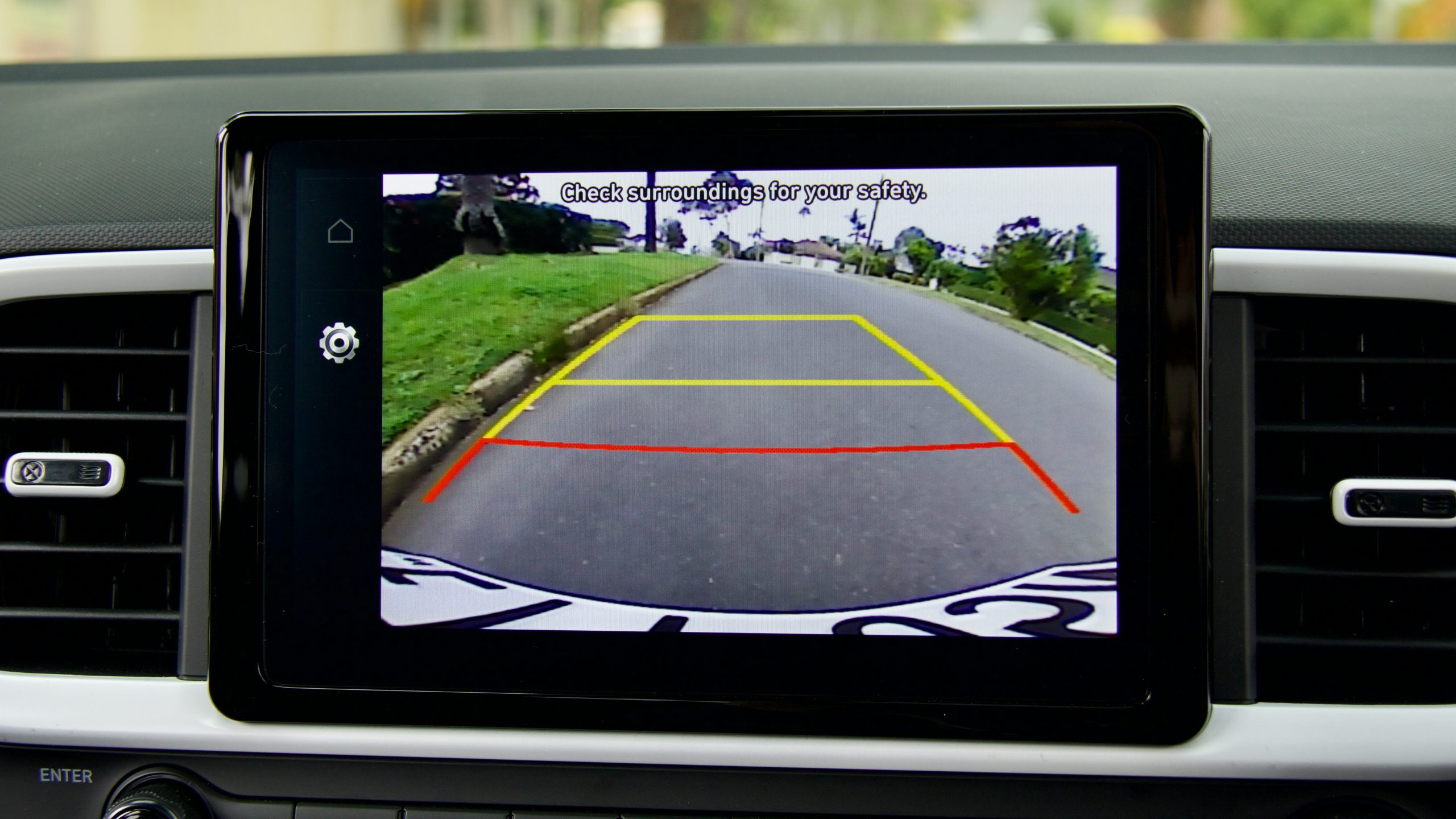
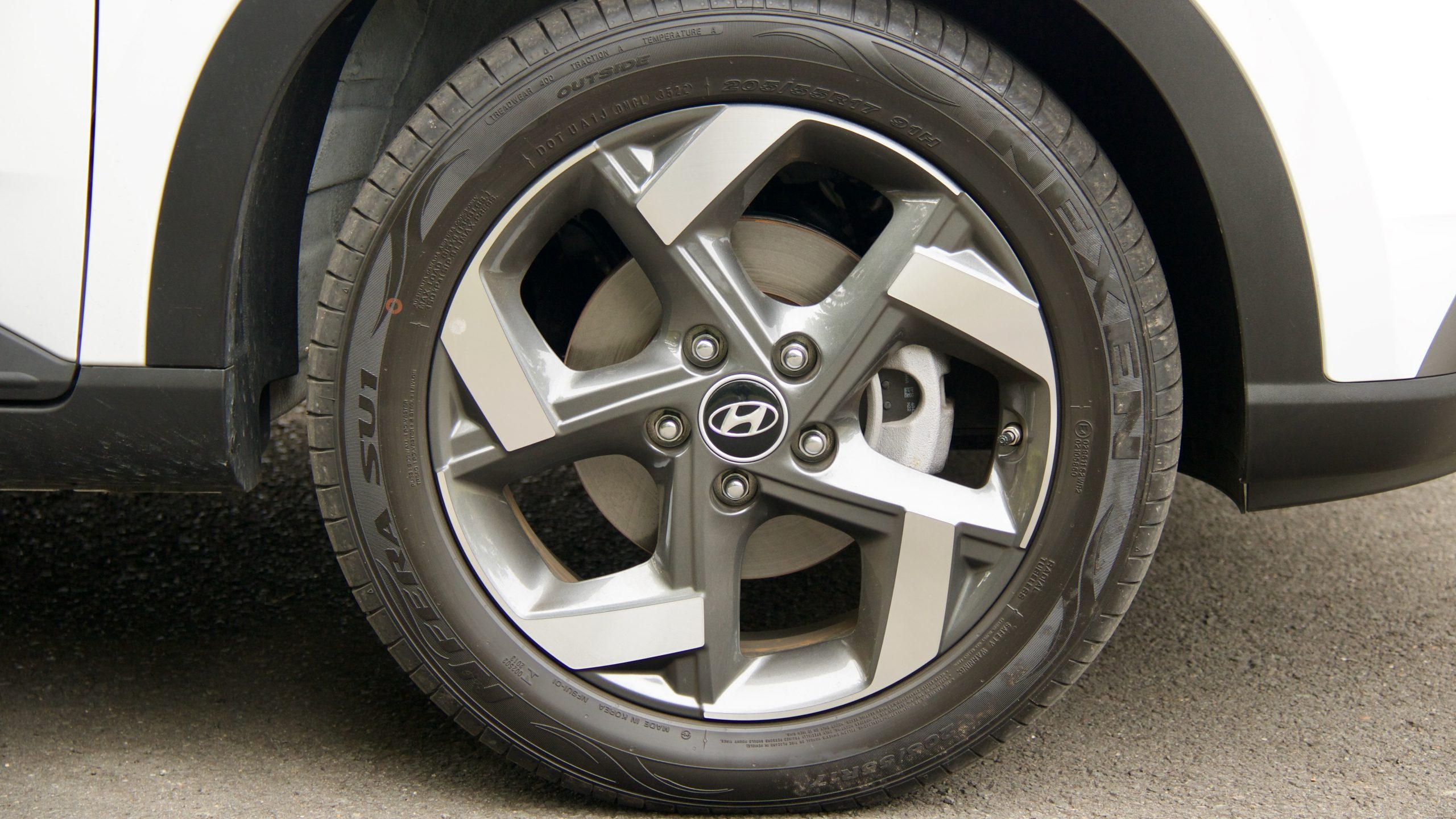
Being an SUV, the Hyundai Venue doesn’t handle like a sports car, but it’s not meant to. It does hold its own around corners but because the ride is on the softer side, there is a little bit of body roll. In comparison, the Mazda CX-3 handles a little better and has less body roll, which is likely due to the Mazda’s lower body height and firmer suspension and the same can be said for the Kia Stonic. The steering in the Hyundai Venue feels more direct and less heavy than the CX-3.
How practical is the 2024 Hyundai Venue Elite?
As we’ve previously said about the Venue, the interior serves a purpose and it’s more practical and spacious than you might expect. Compared to the cramped CX-3 – which is actually longer than the Venue – the Venue’s spaciousness is quite pleasing, and it feels like a much larger car. The quality inside the Venue isn’t great, however, with lots of hard plastics all over the cabin. The seats are covered in a tasteful cloth material and a durable faux leather on the sides, plus the steering wheel and gear knob are covered in a nice leather. But on the other hand, the door panels, dash and centre console are covered in thin and scratchy hard plastic, which also caries over into the rear doors.
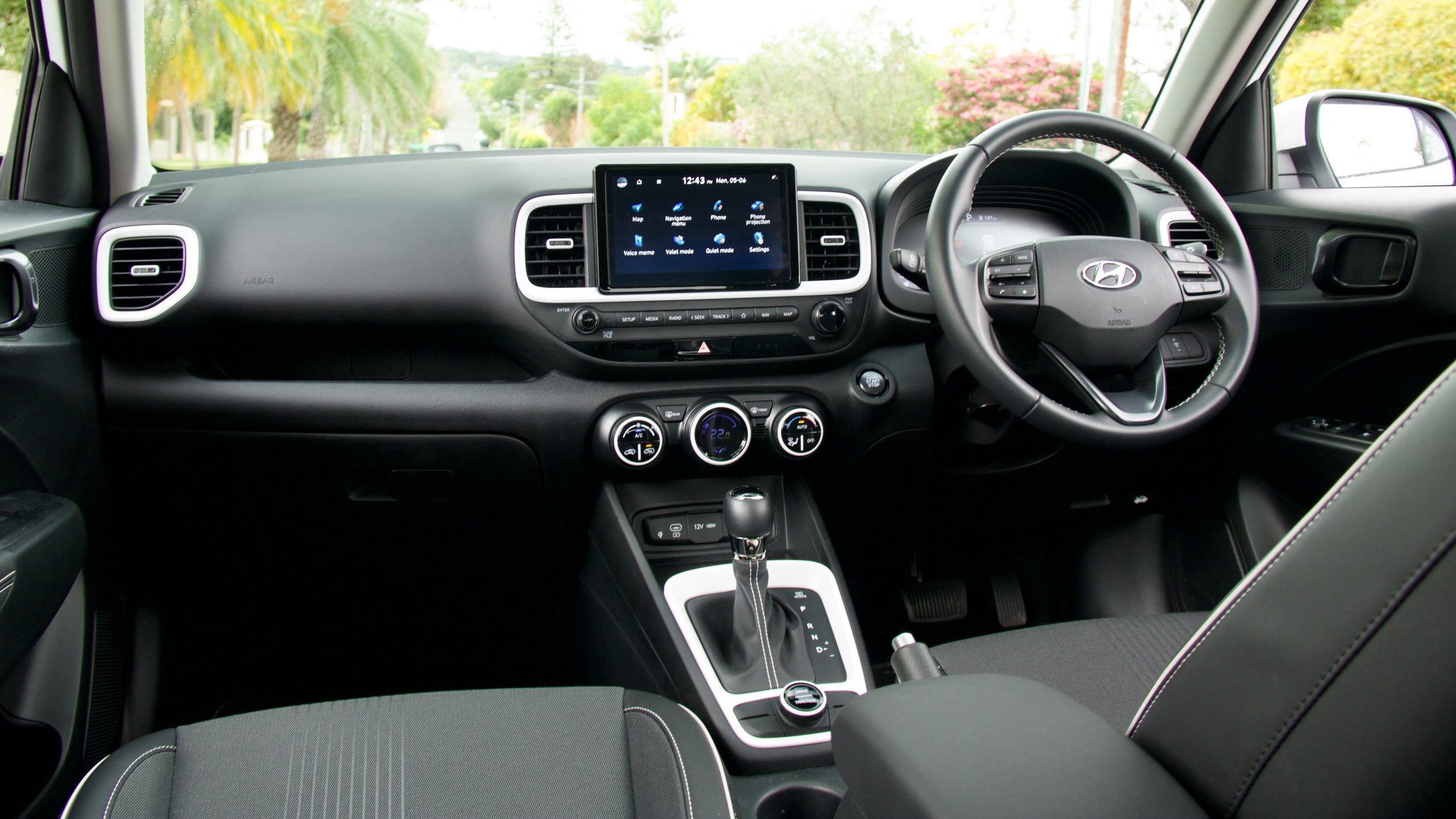
The interior storage in the cabin of the Venue Elite is rather good, however. There is a place to put your phone and wallet in front of the gearbox and a deep centre console with a wireless phone charger, a reasonable glove box, a handy storage shelf above the glovebox, reasonable door pockets and two cupholders on the centre console.
The 8.0-inch touchscreen used in the Venue is also shared with the Kia Stonic. It doesn’t feel small in this cabin and the infotainment system is easy to use. It features satellite navigation and shortcut keys under the screen, which makes going between menus quite easy. The screen quality is pretty good for this application and the only thing we would love to see added is wireless smartphone mirroring as it features in lower-spec Venue models.
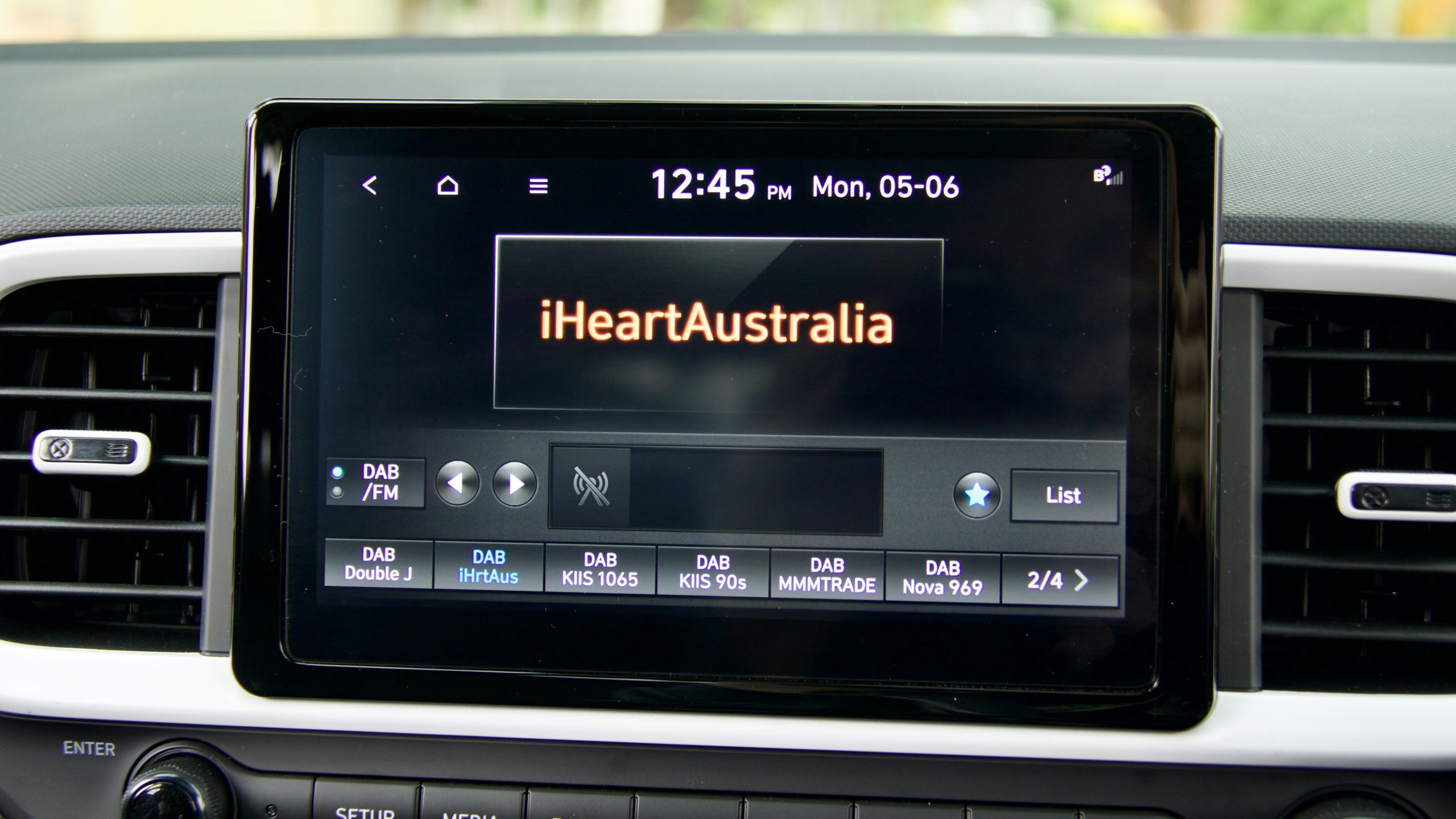
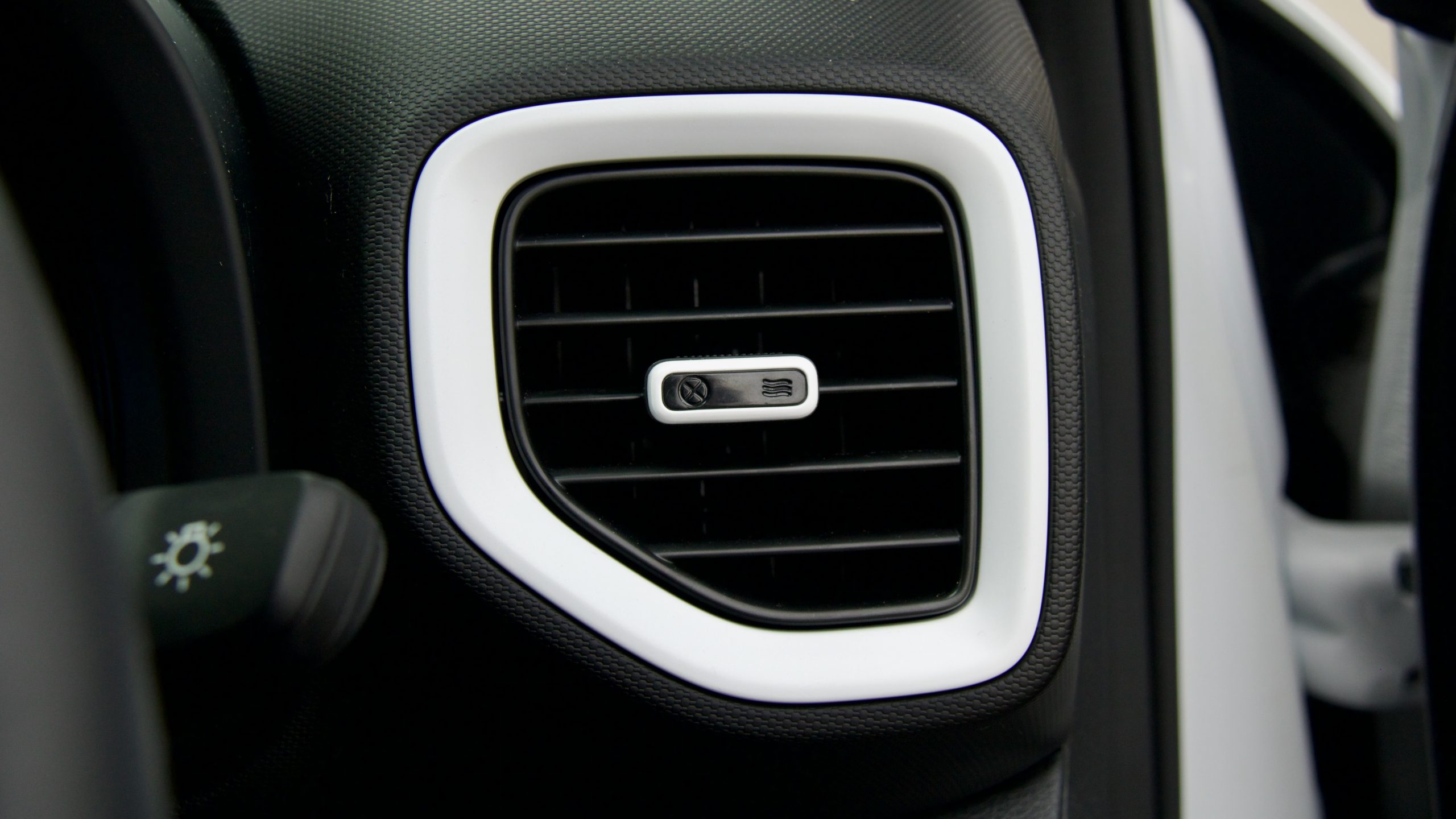
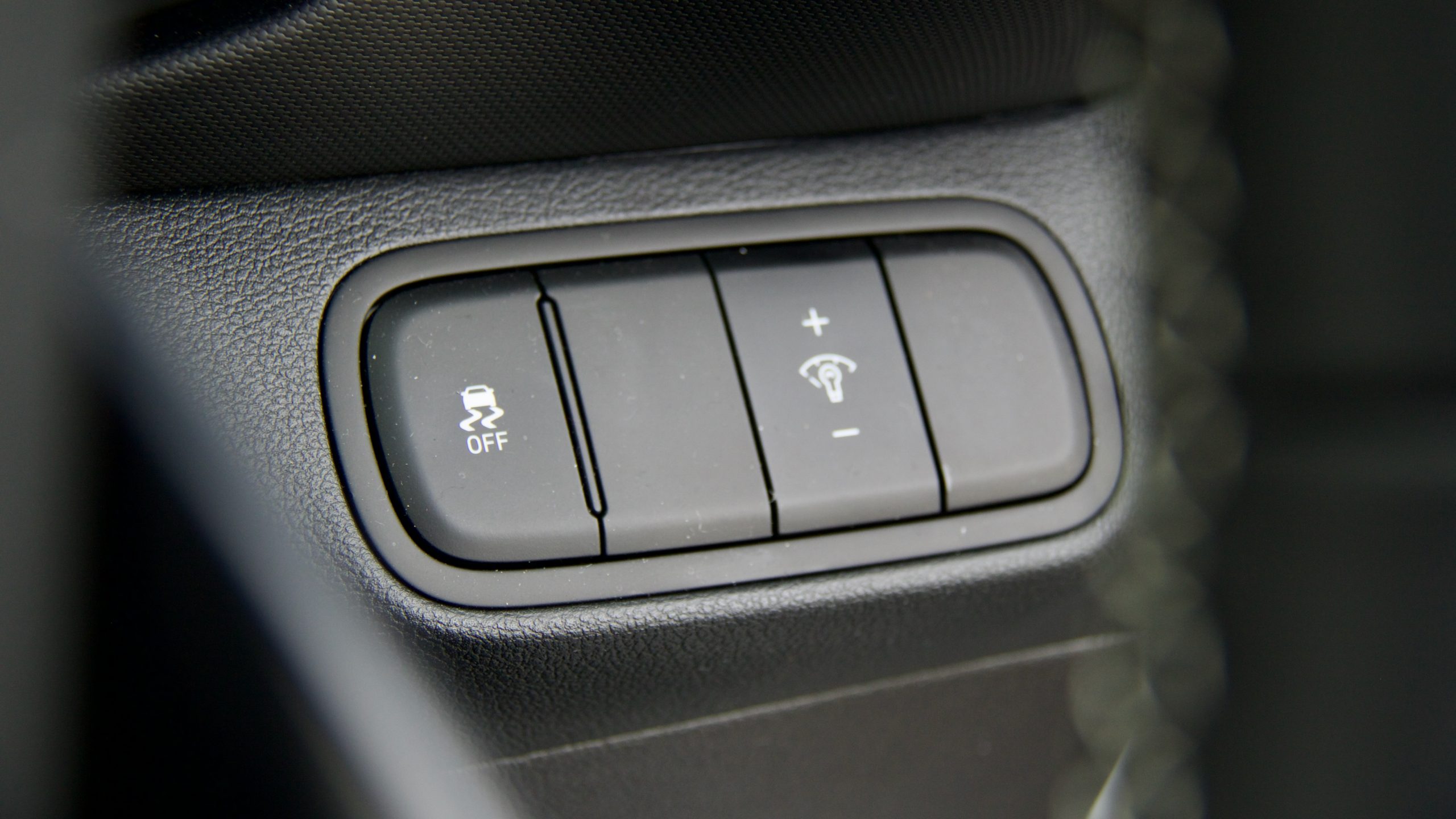
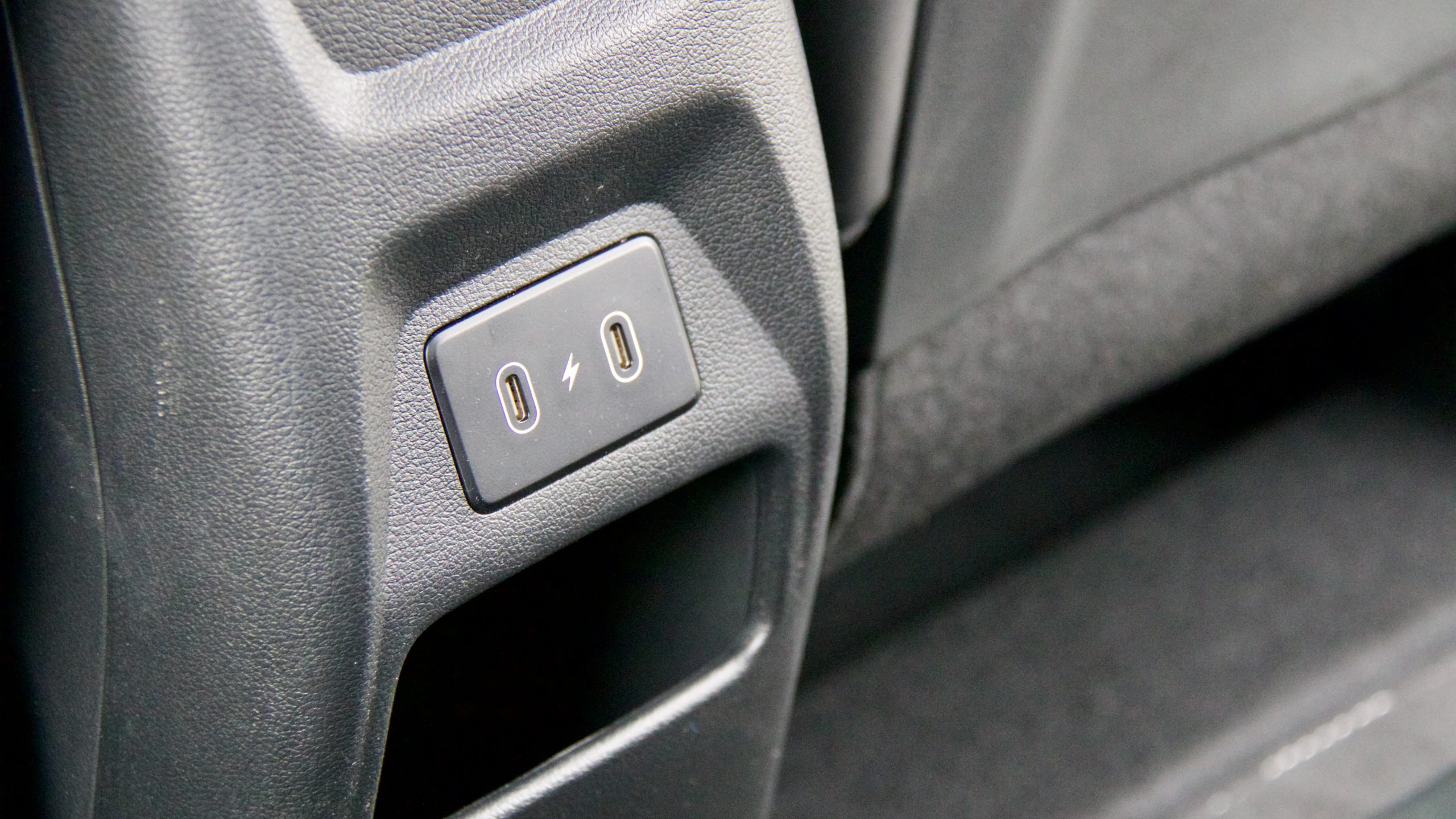
New to the 2024 Hyundai Venue Elite is Hyundai’s ‘Bluelink’ system, which is found in other Hyundai models in Australia. The system can sense if the car has been in an accident and can call for emergency services, there is also an SOS button where the interior lights are located. It also uses voice control to use functions like the navigation. There is also a smartphone app to monitor features of the car like fuel level but also to control features like the navigation and climate control.
The rear cabin in the Venue is more accommodating than both the Kia Stonic and Mazda CX-3. There is more knee, shoulder and head room than rivals and you can seat two adults comfortably there or even three kids. There are also three top-tether points and two ISOFIX points for child seats in the rear seat so attaching a child seat is a breeze, and this is helped by the wide door aperture. The only rear amenities are a passenger side map pocket in the rear of the passenger seat and two USB-C charging ports. There is no armrest, cup holders or coat hooks – and annoyingly too, there are no vents, which is something that Indian-made Venues get.
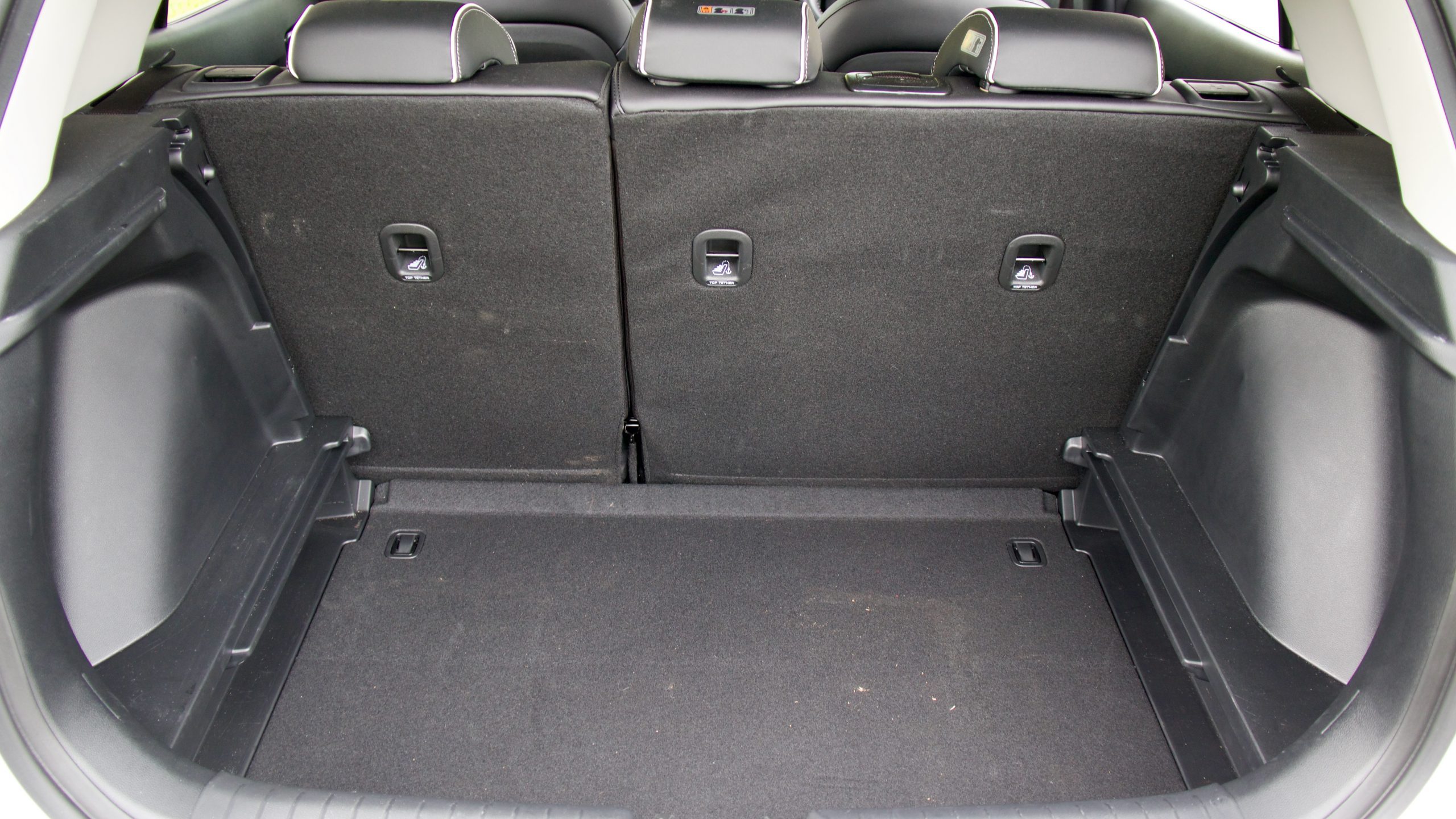
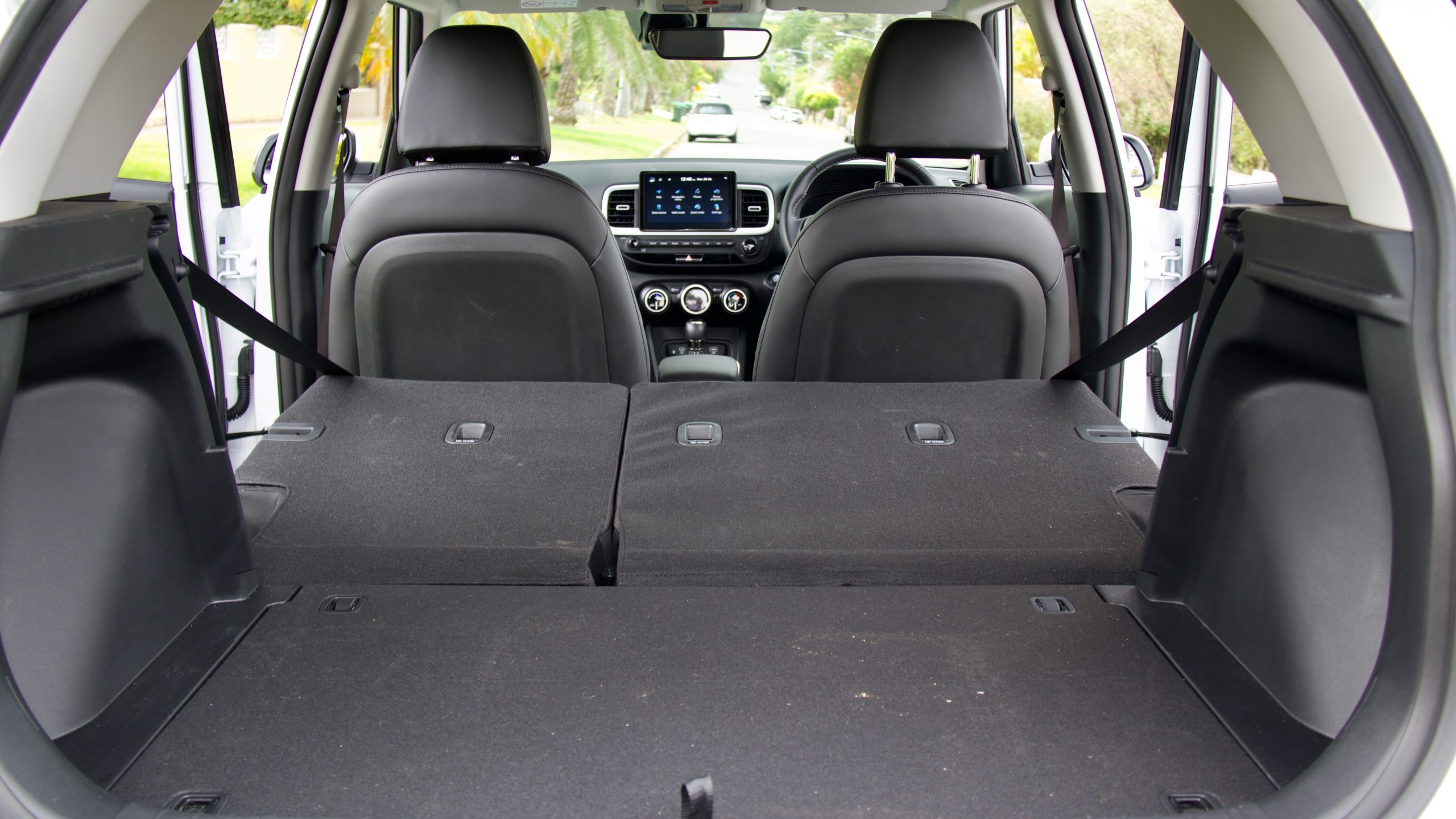
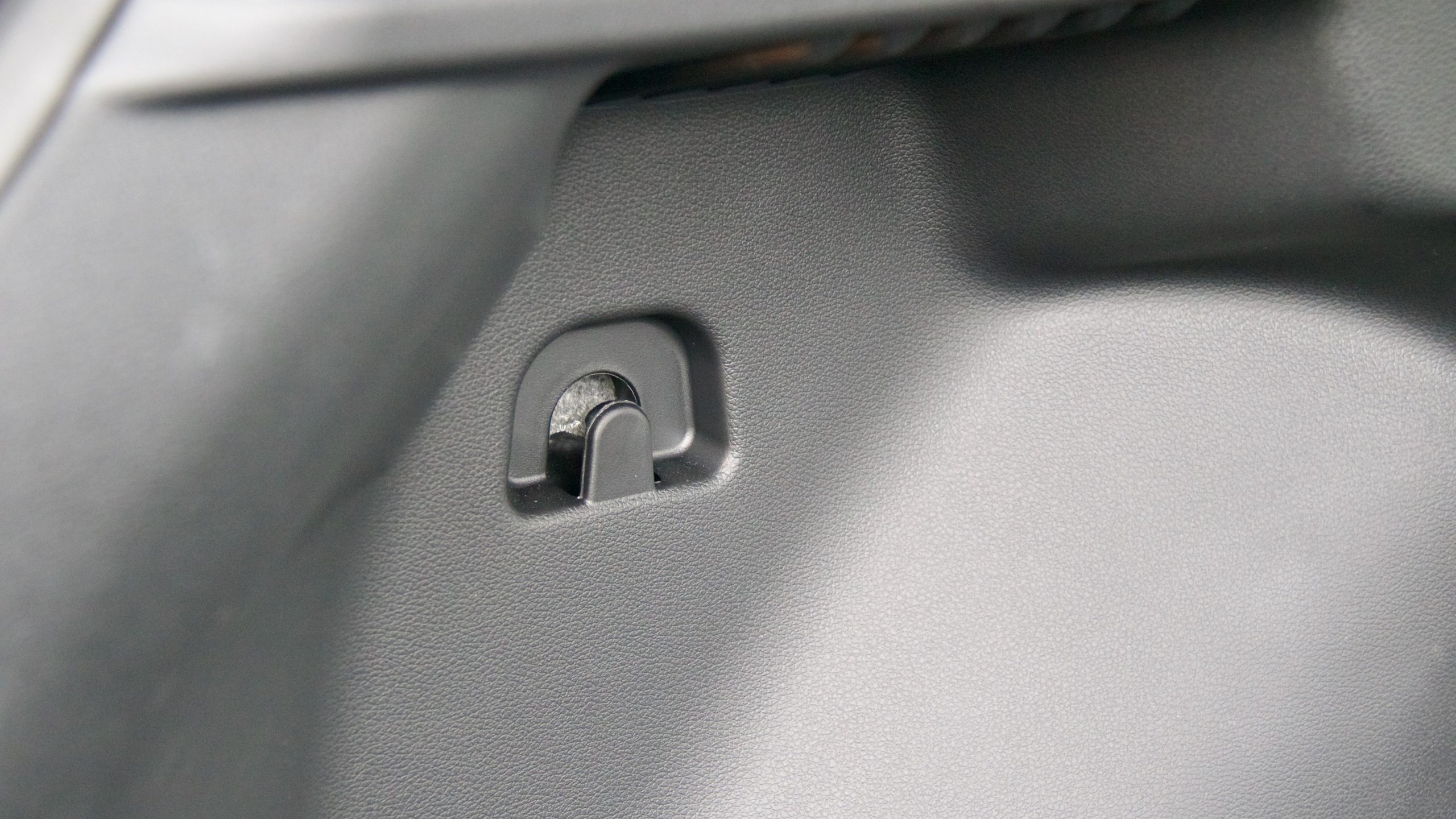
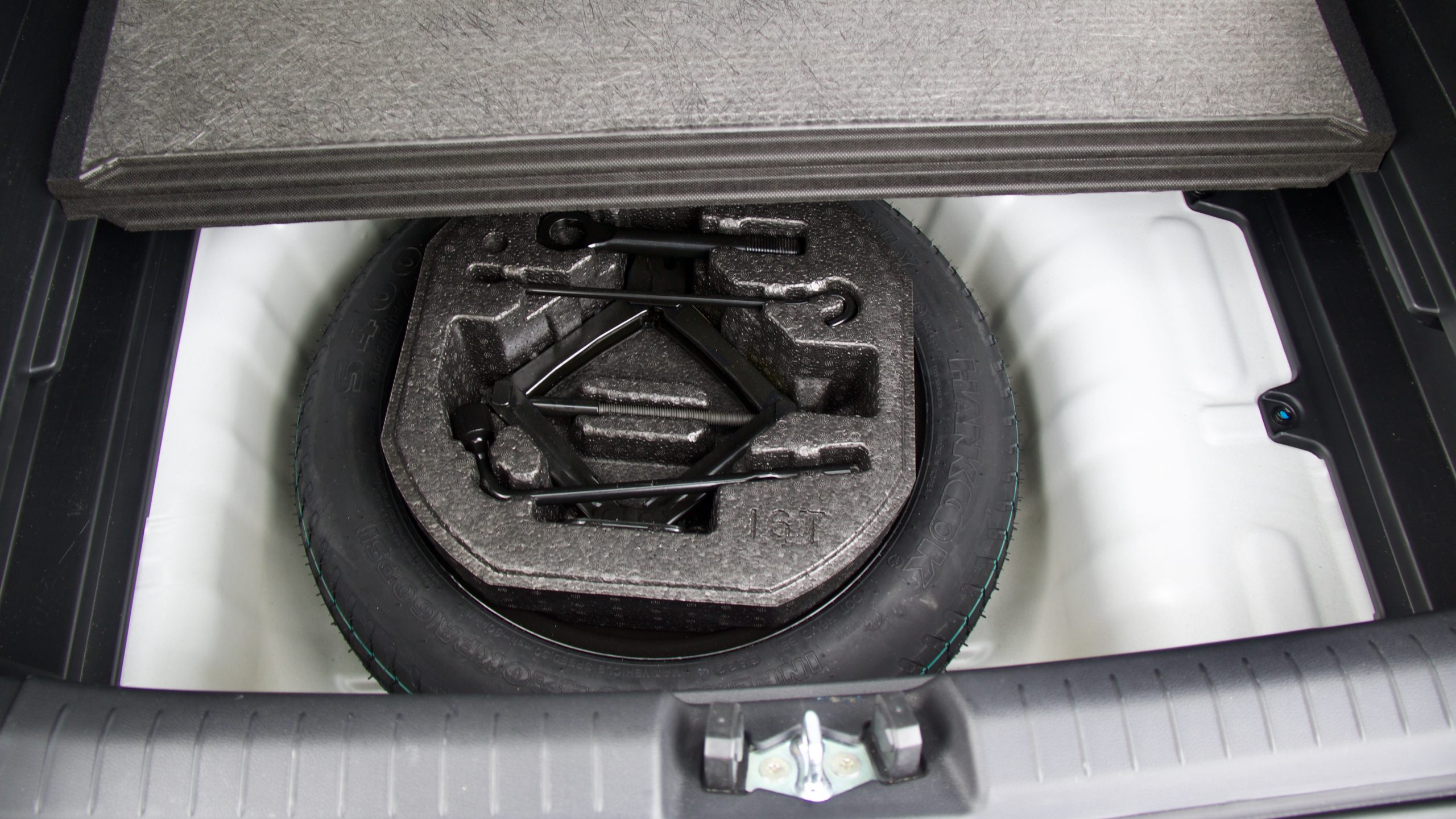
With the rear seats in place there is 355-litres of cargo space in the boot of the 2024 Hyundai Venue Elite and folding them opens the space up to 903L – that’s larger with the seats up but smaller with them folded than the 264L/1,174L CX-3 and 352L/11,55L Stonic. Helping the Venue’s boot is its height, hooks and useful features, like its dual-level boot floor that helps it offer a flat floor with the seats folded. Underneath the boot floor is a space-saver spare wheel.
How much does the 2024 Hyundai Venue Elite cost to service?
The 2024 Hyundai Venue Elite is covered by a five-year/unlimited kilometre warranty and 12 months of roadside assistance, which is extended by 12 months at every scheduled service through Hyundai for an unlimited time. The Mazda is also covered by a five-year/unlimited kilometre warranty but with five years of roadside assistance, while the Kia is covered by a longer seven-year/unlimited km warranty with 12 months of roadside assistance that’s extended a further 12 months with every service performed at a Kia dealership to eight years in total.
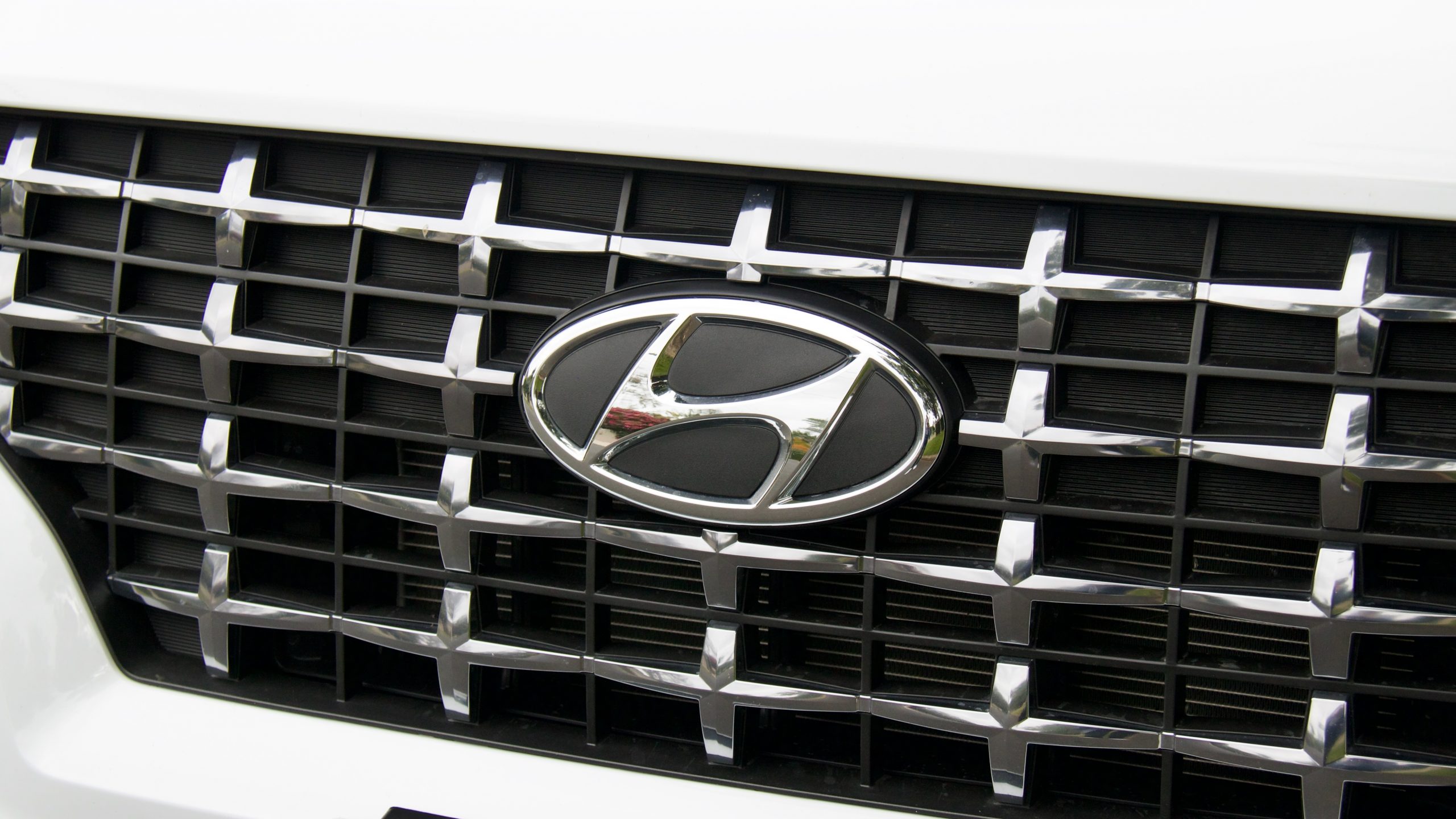
Servicing the Venue occurs once yearly or every 15,000km (whichever comes first). The cost to service the 2024 Hyundai Venue Elite over five years or 75,000km is $1,817 ($363.40 annually). In comparison, the Mazda CX-3 features the same intervals and over five years/75,000km it will cost owners $2,132 (or $426.40 annually) and the Stonic has smaller service 10,000km/annual intervals and costs $2,173 ($434.60 per service) to service over five years/50,000km.
Should I buy a 2024 Hyundai Venue Elite?
The 2024 Hyundai Venue Elite is a car that makes a reasonable amount of sense from a head perspective. If you’re looking for a light SUV that can carry four adults comfortably, has enough modern technology to keep you interested and safe and is reasonably budget-friendly, then the Venue is a good option. It also rides quite well, its small size makes it easy to drive in the city and its interior is surprisingly roomy for such a small car. Plus, it has a pretty good aftersales package.
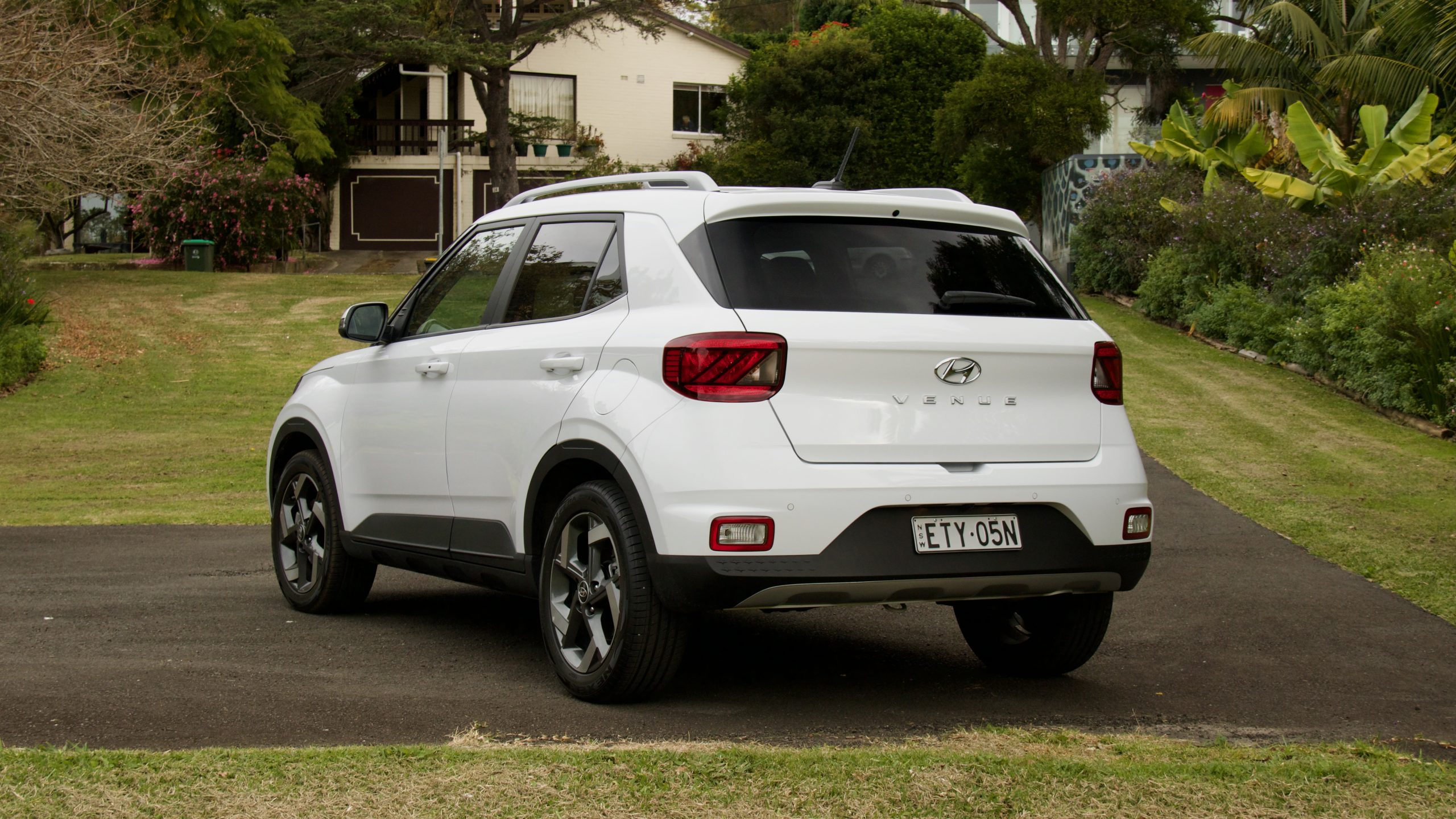
It’s not all positive, however, with an old engine that’s both unrefined and thirsty, it’s crept up in price a lot since it was first released and overseas markets get better Venues with more efficient engines and more features. Having said that, we’re still fans of the Hyundai Venue here at DiscoverAuto and it holds a special place in our hearts as it was the first vehicle we ever tested. Even disregarding that, we think that it deserves your attention if you’re after sub-$30,000 new car, but do lots of research beforehand.
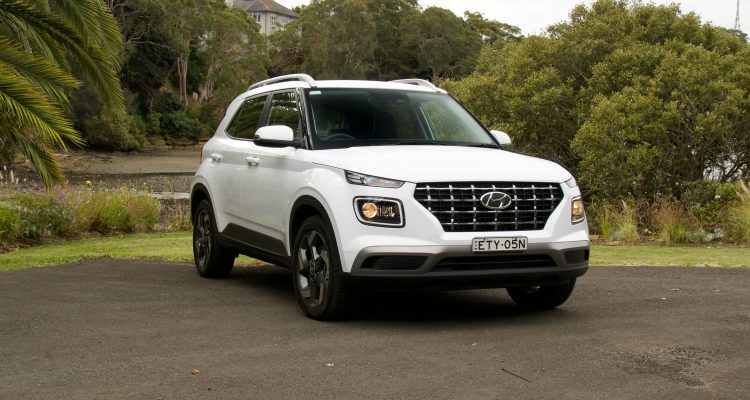
Leave a Reply